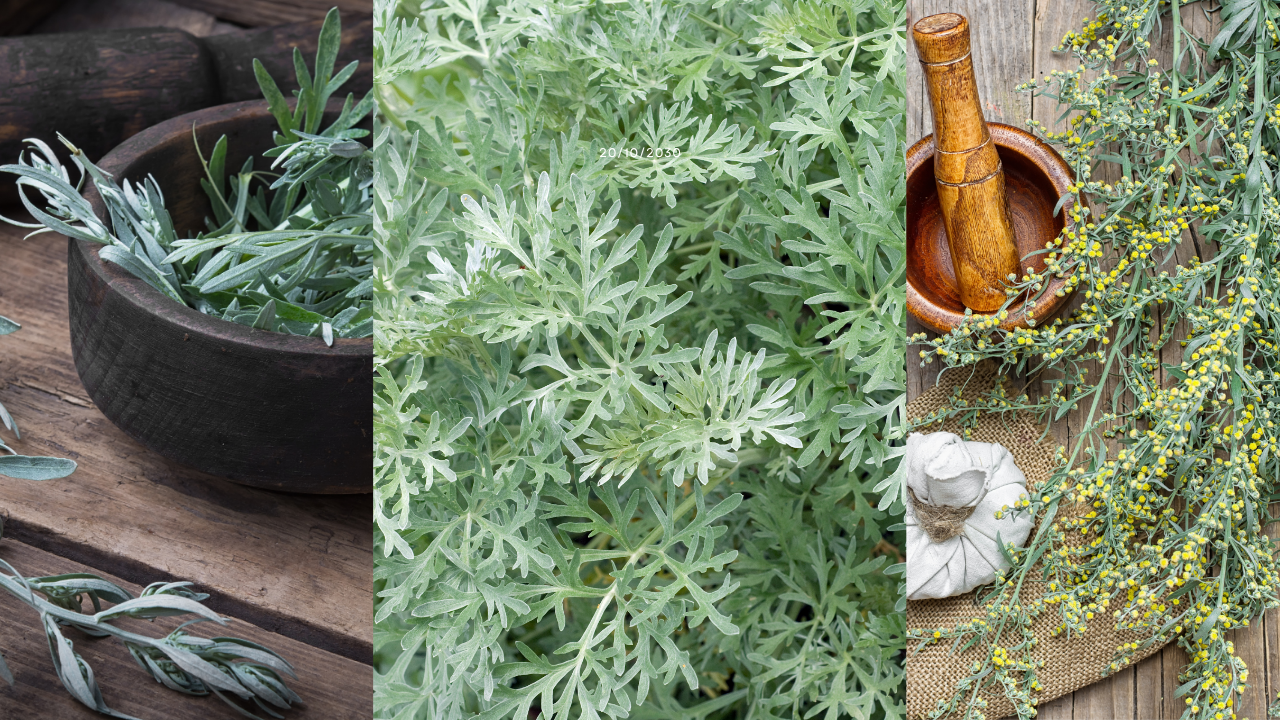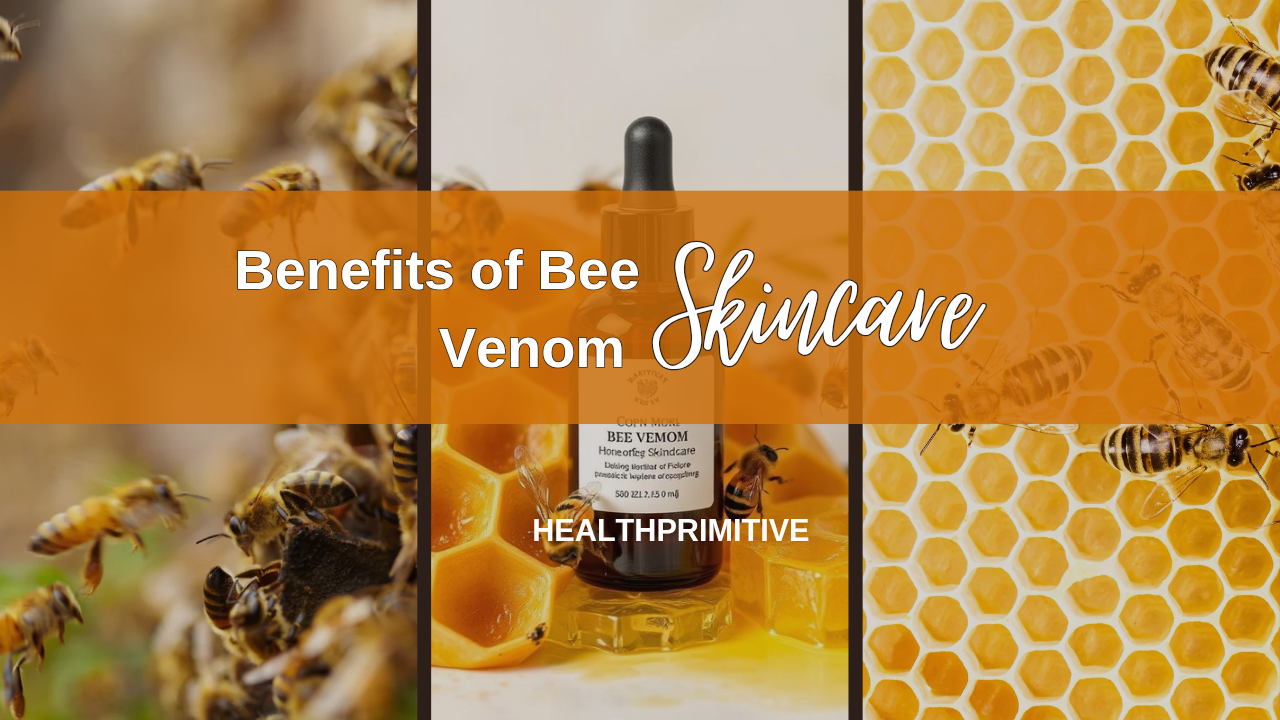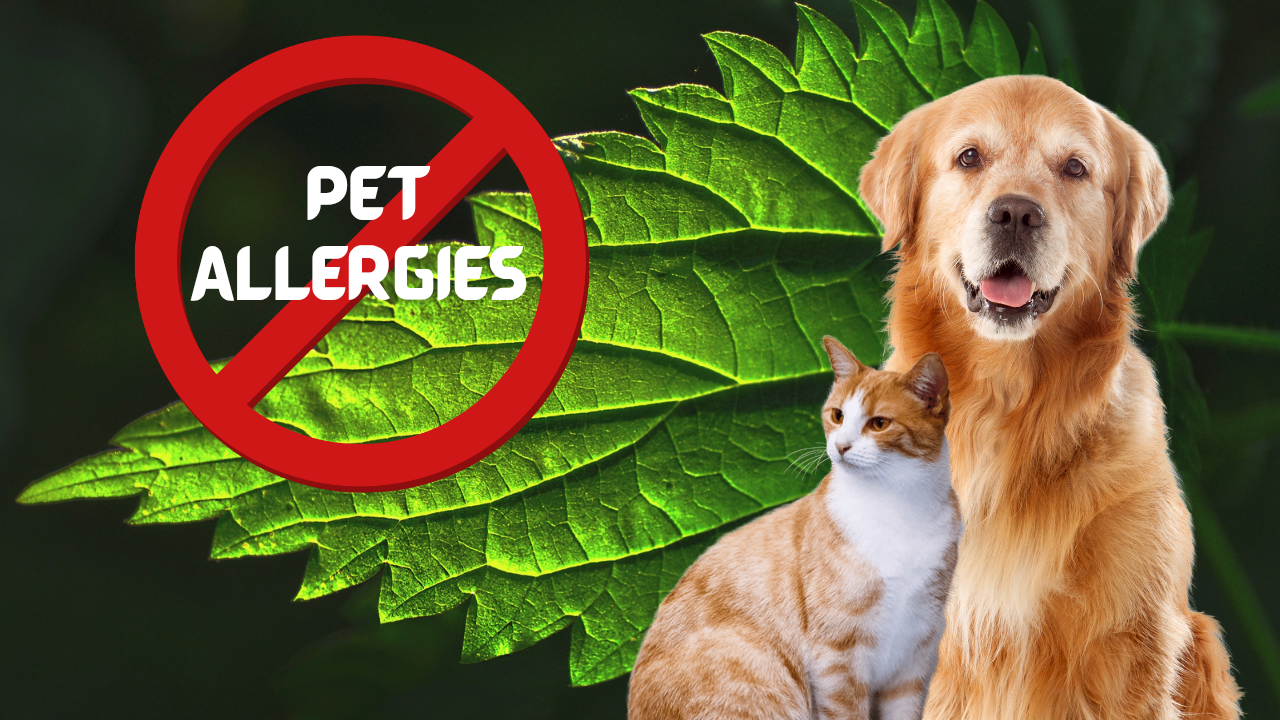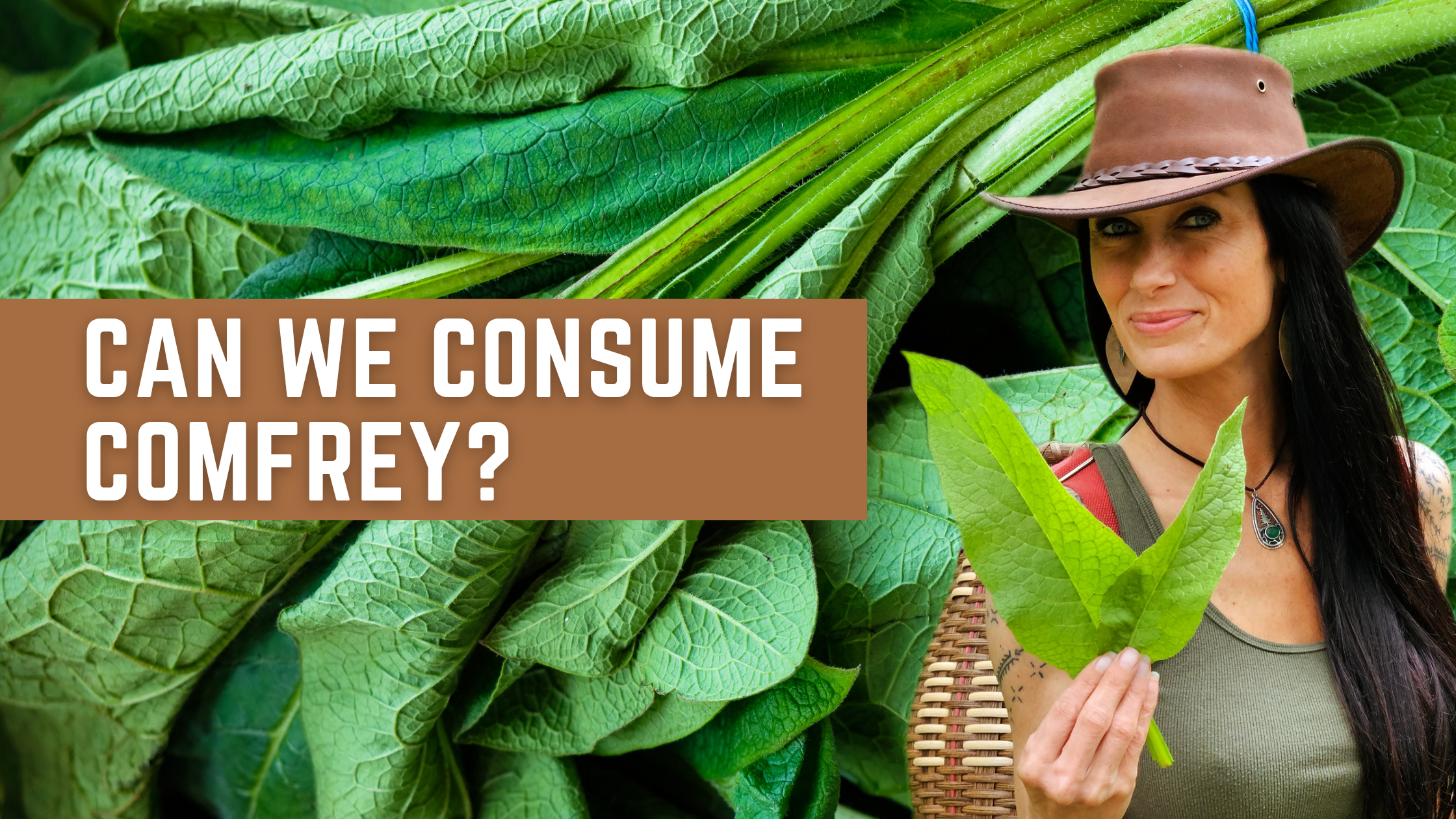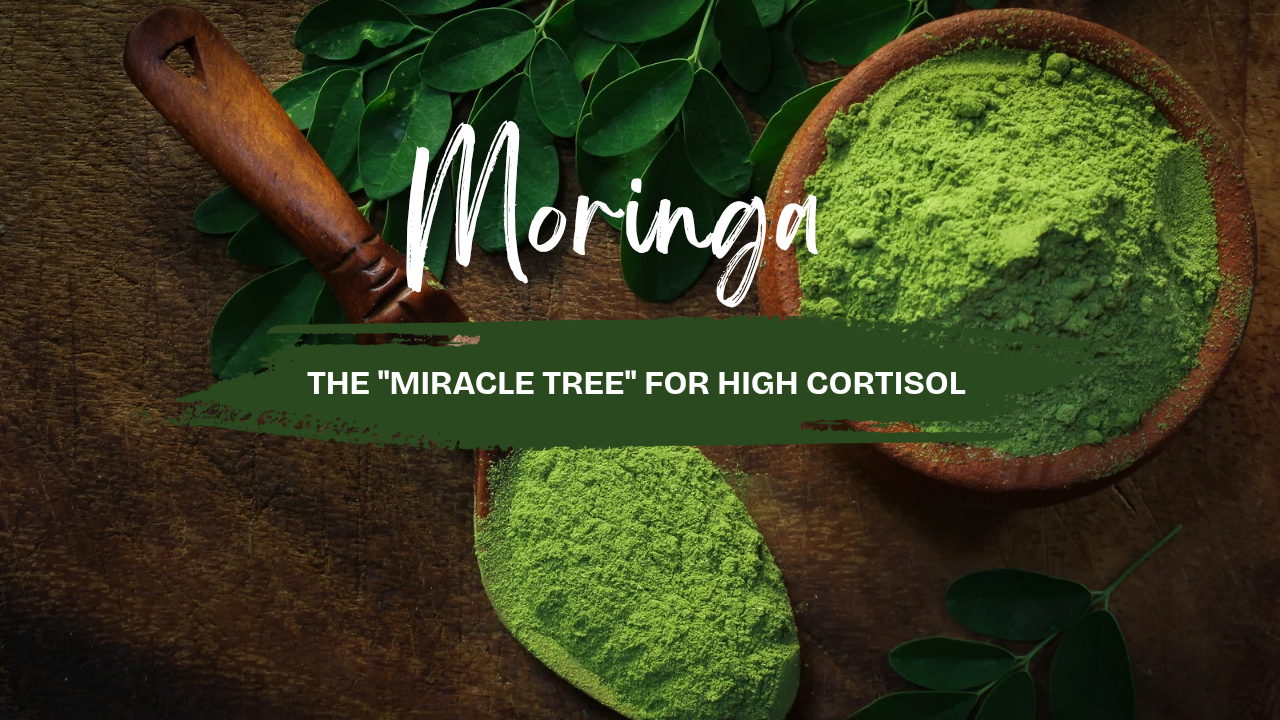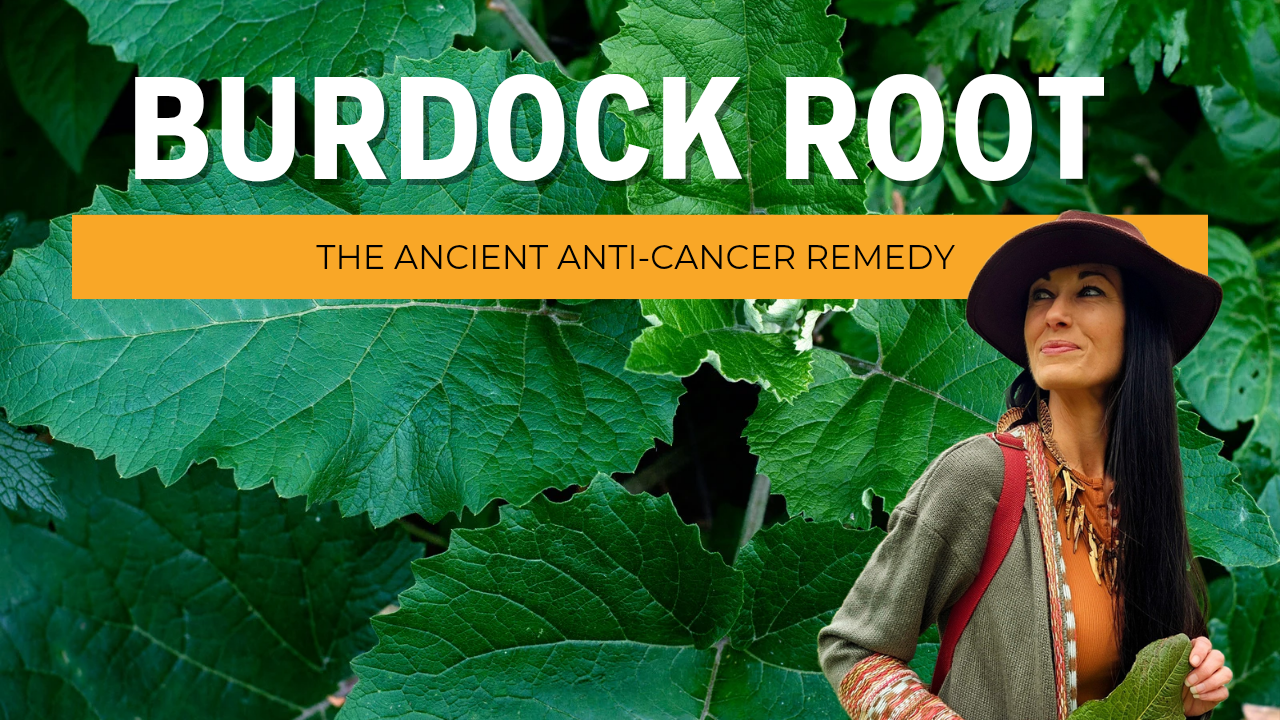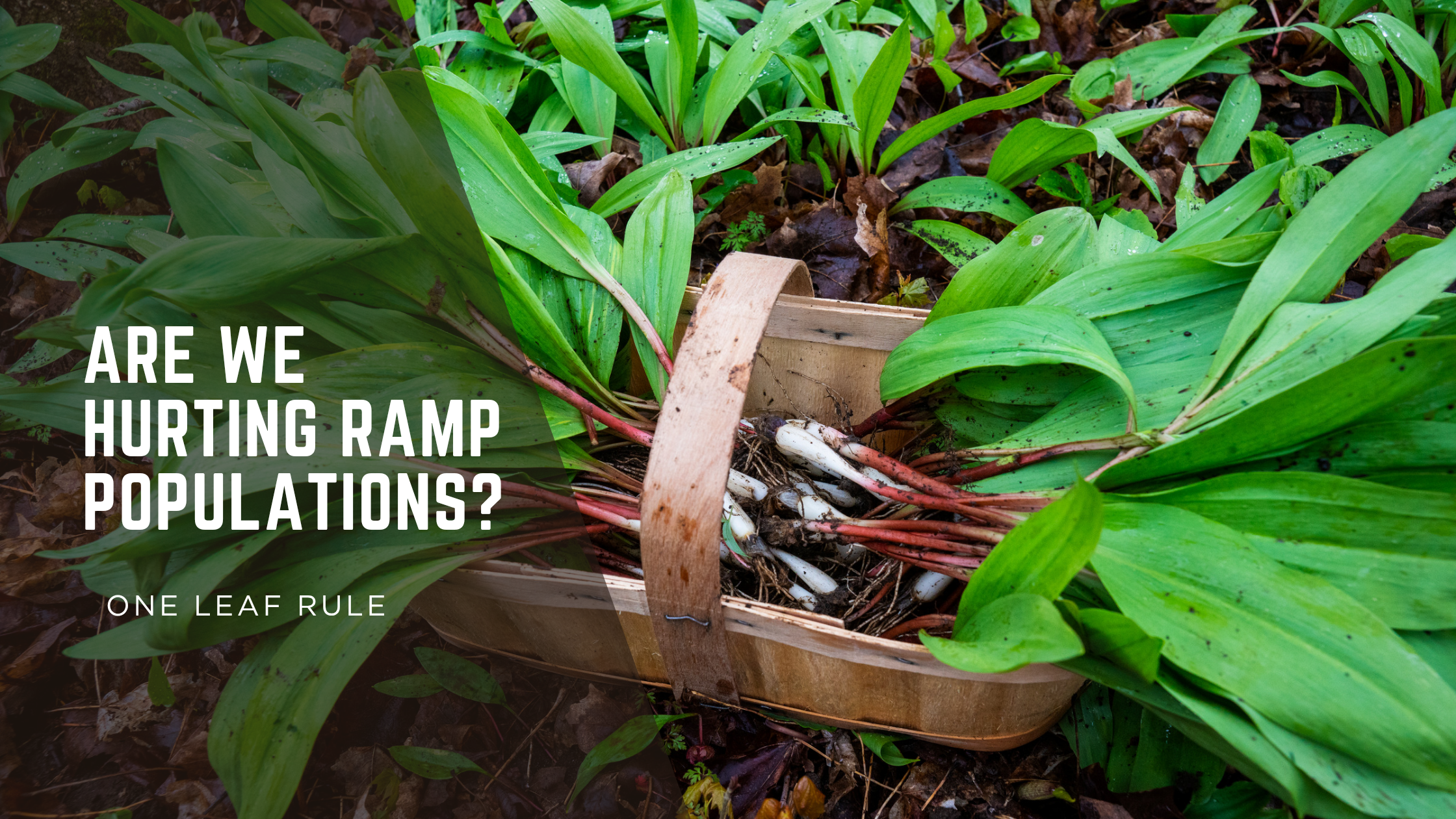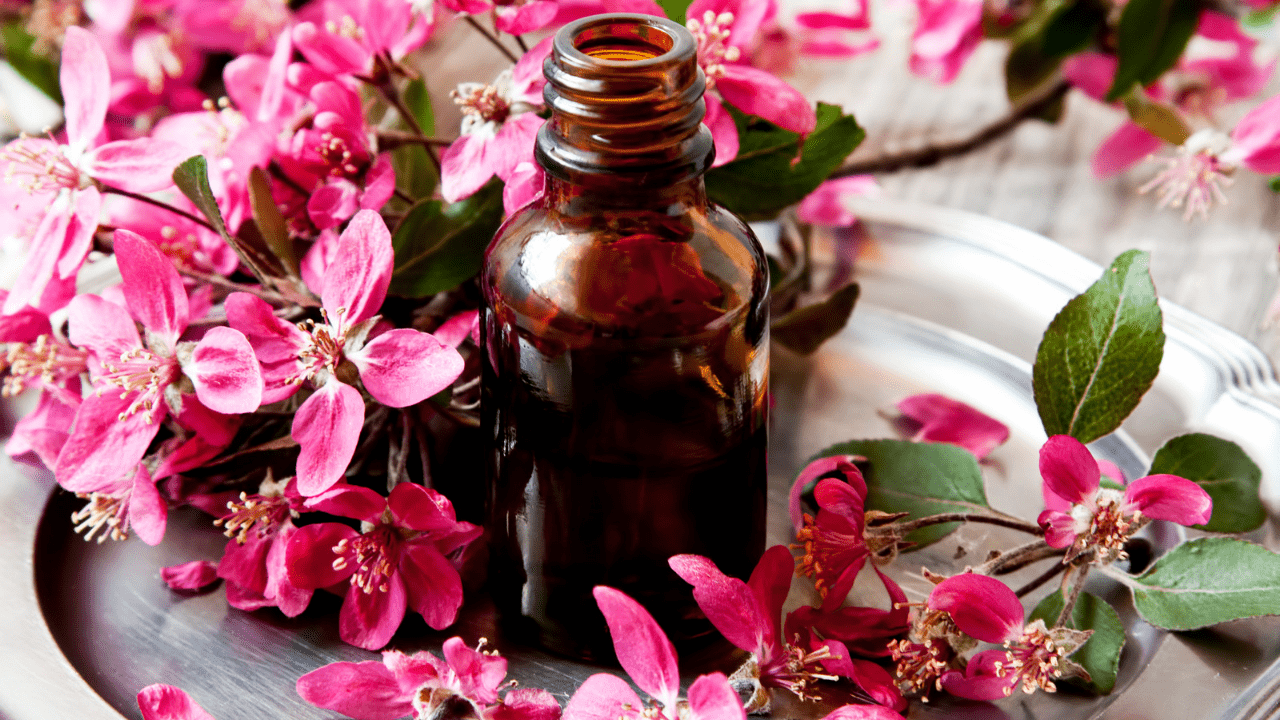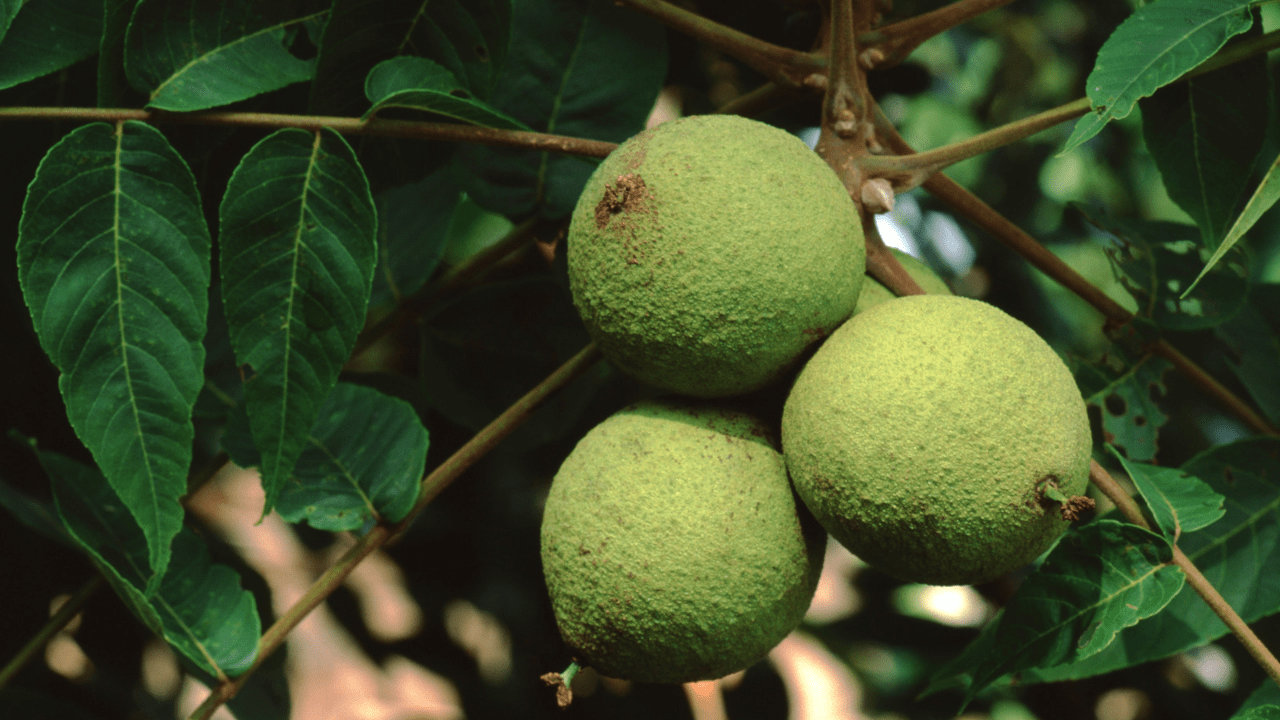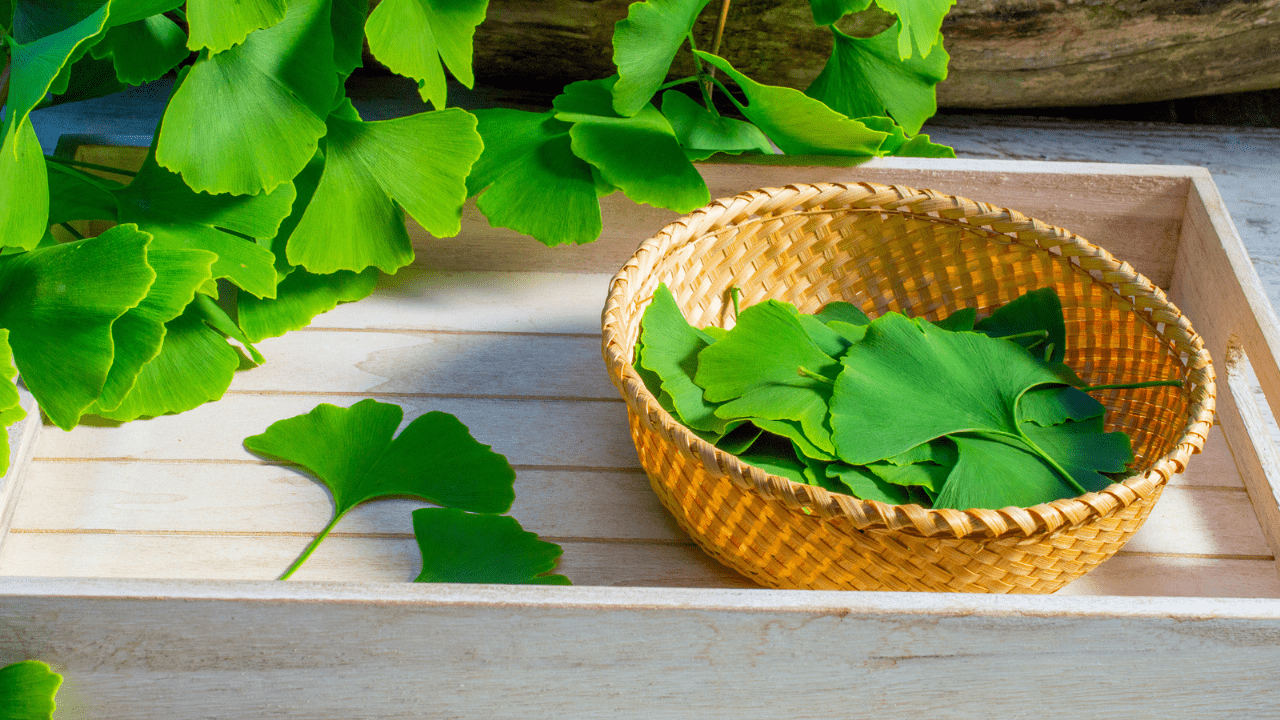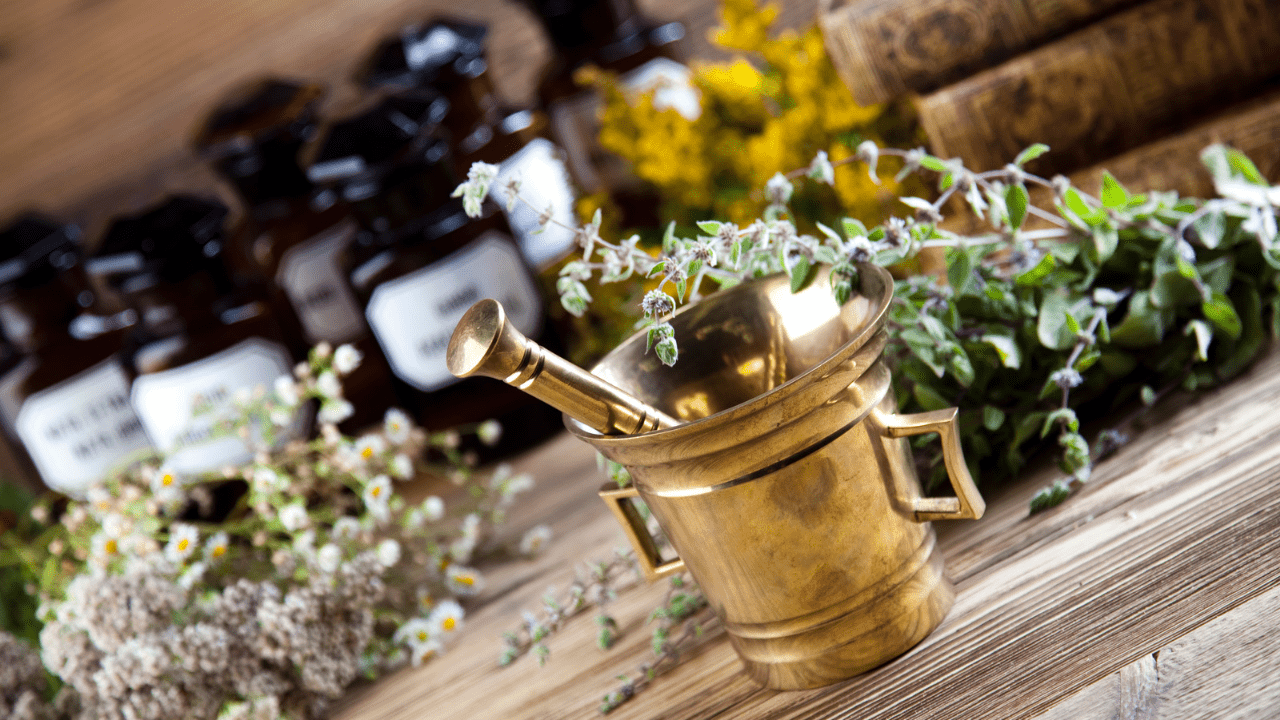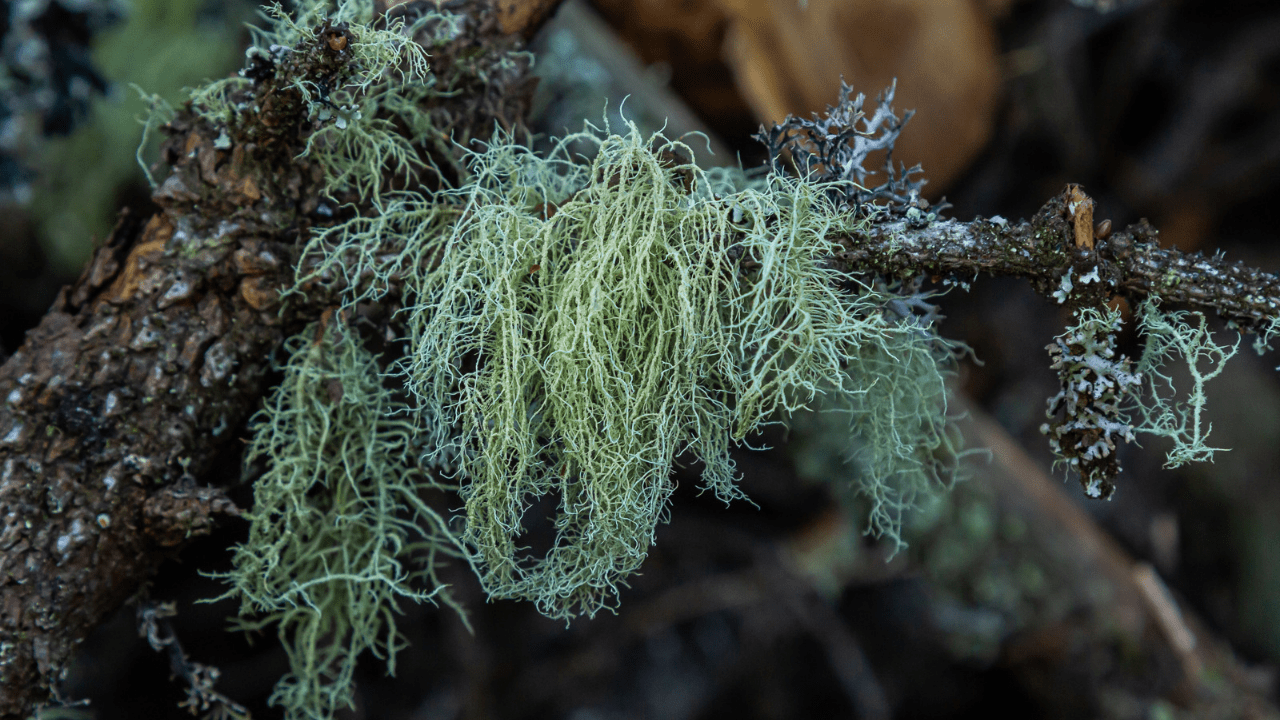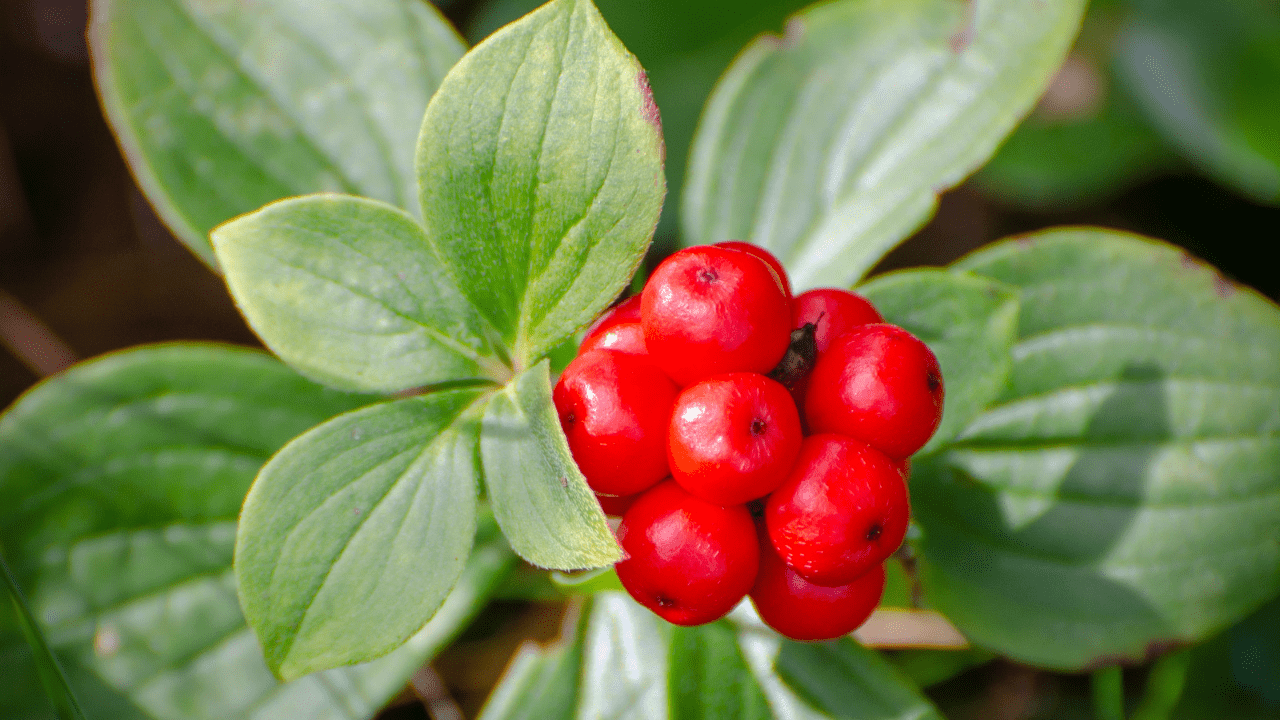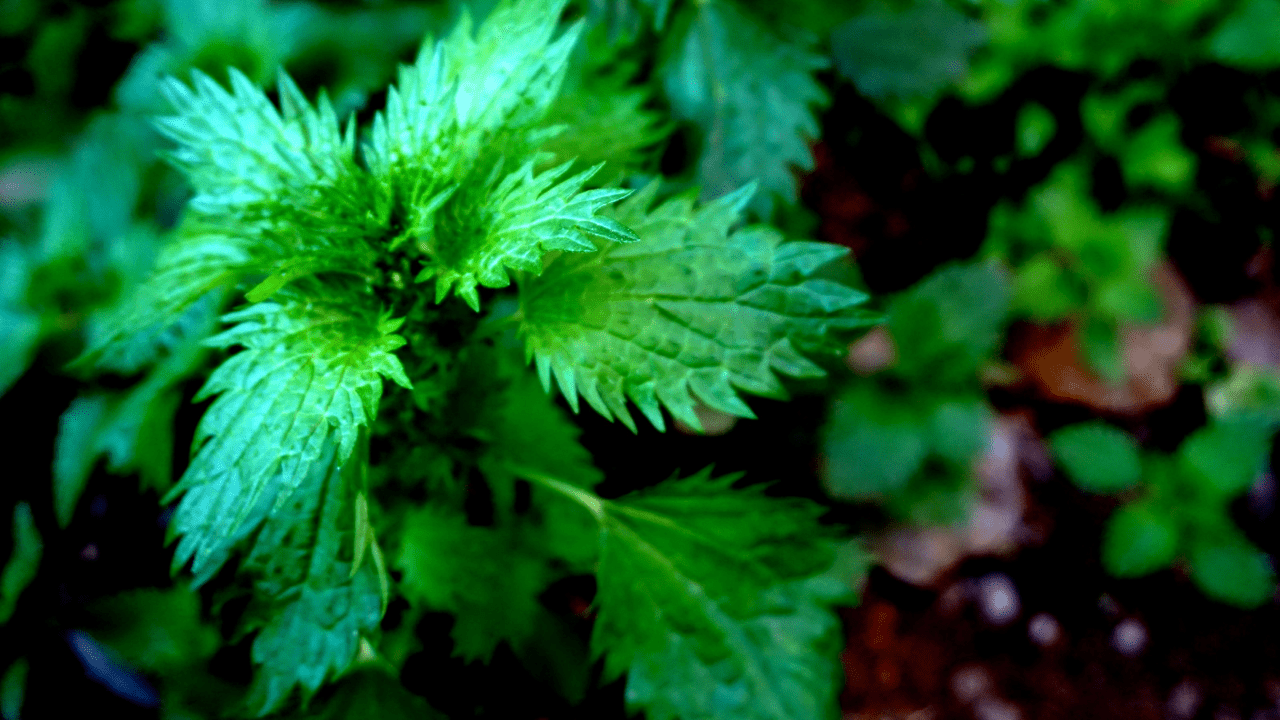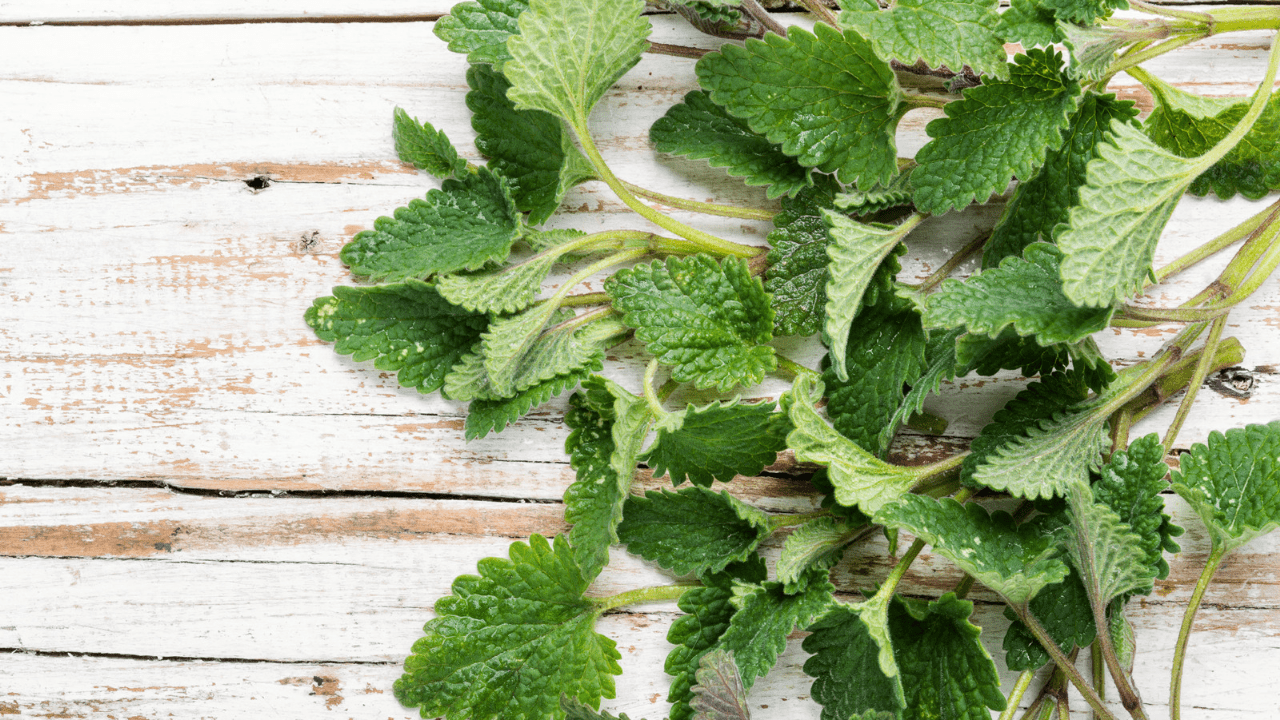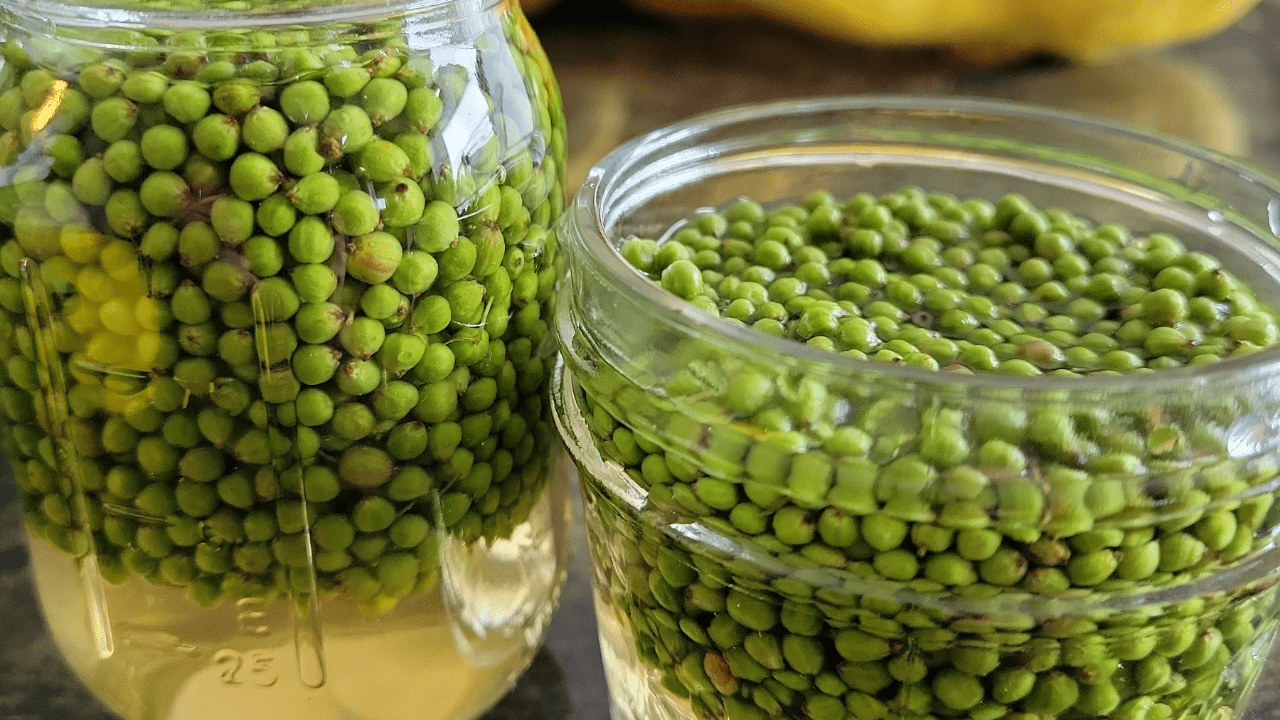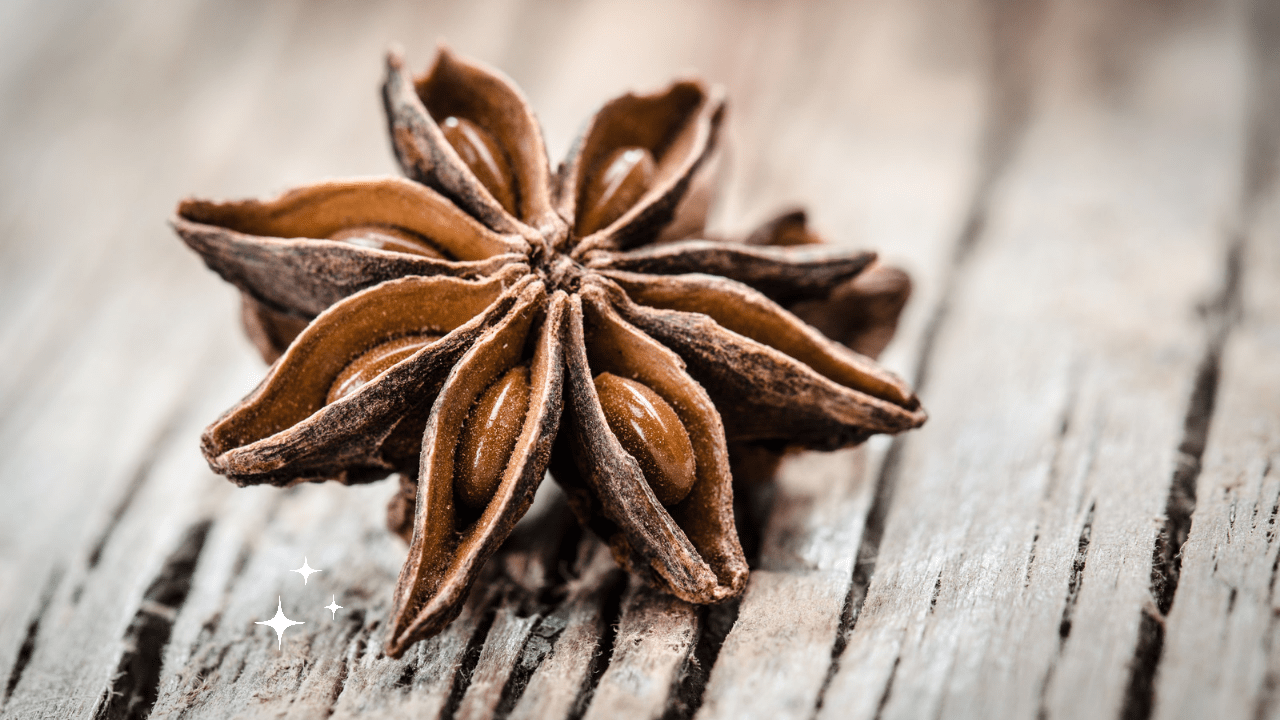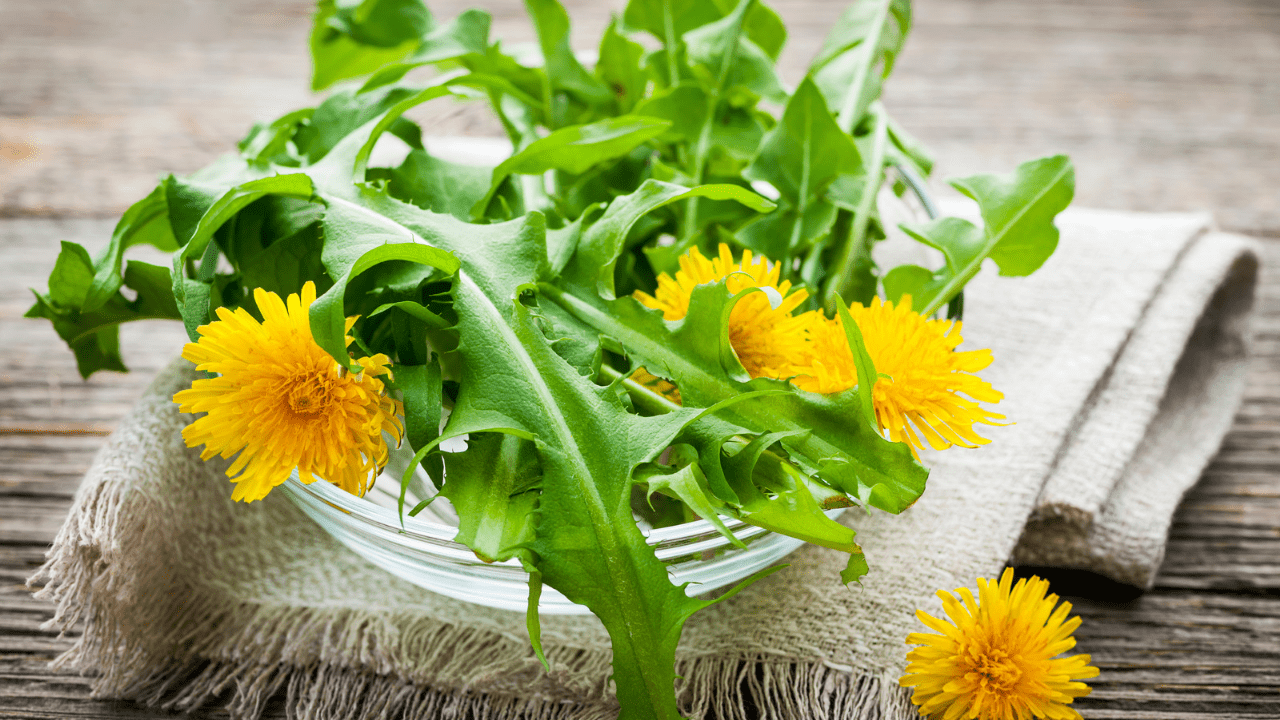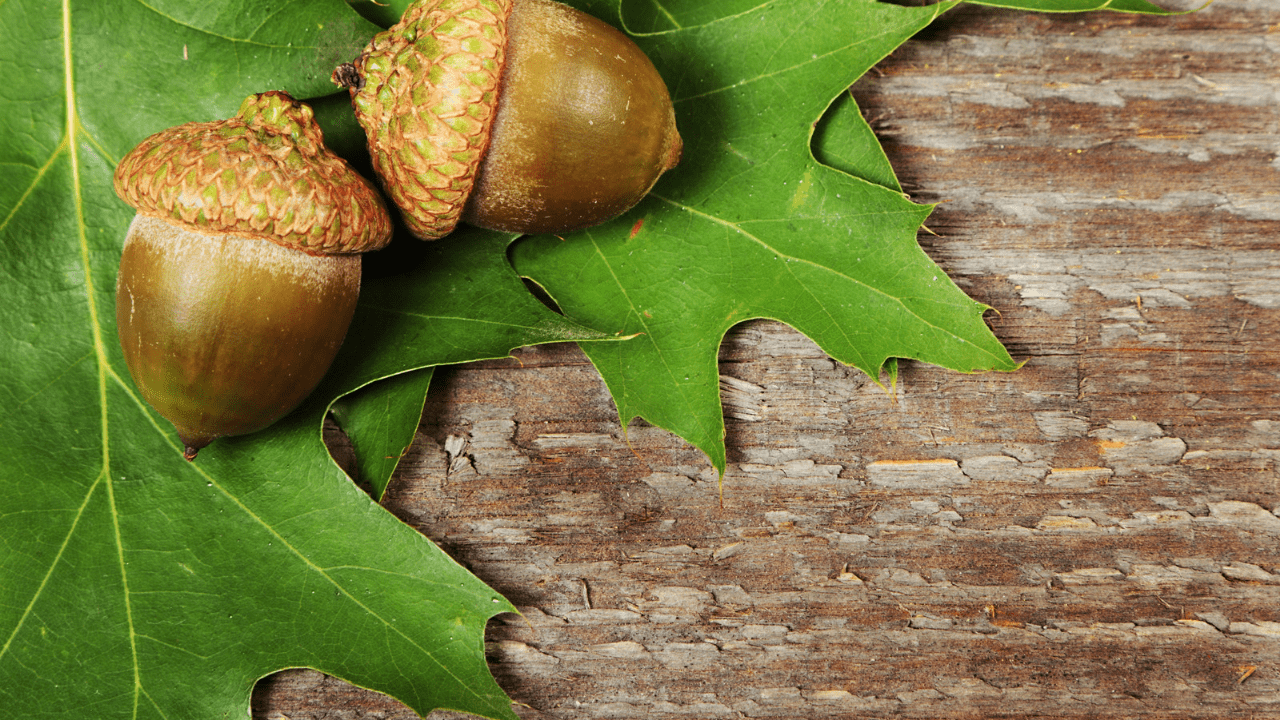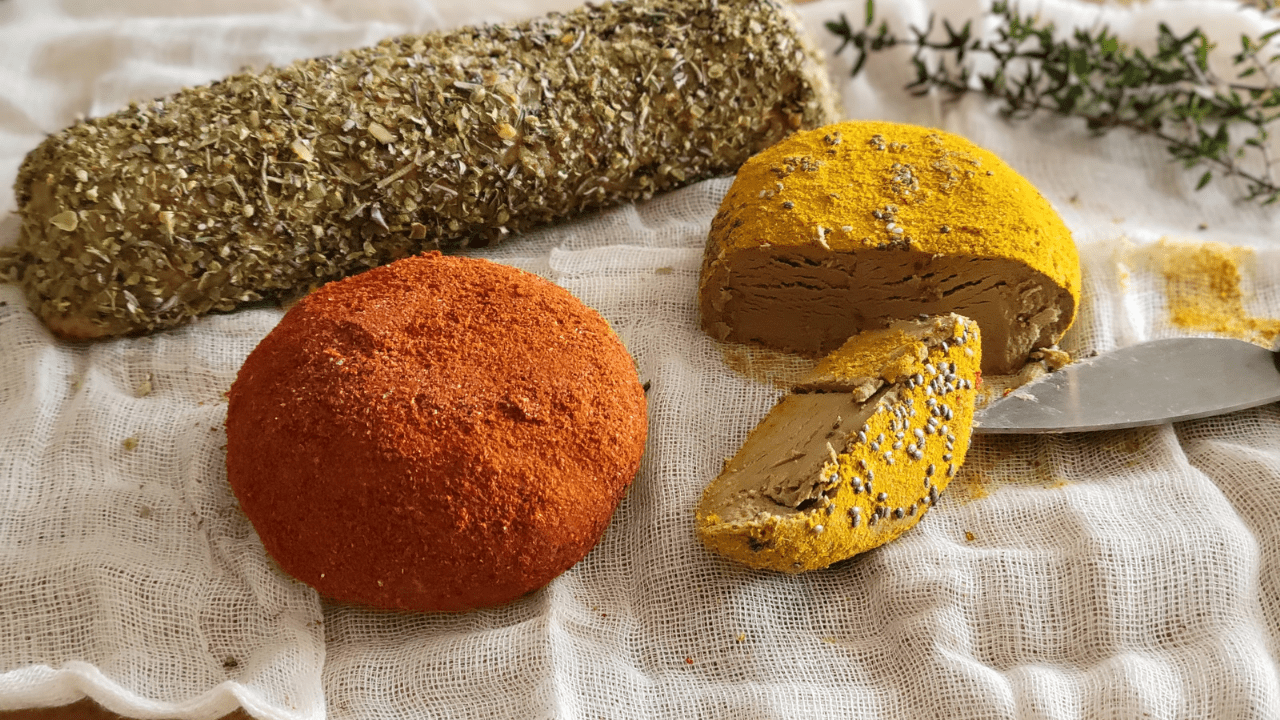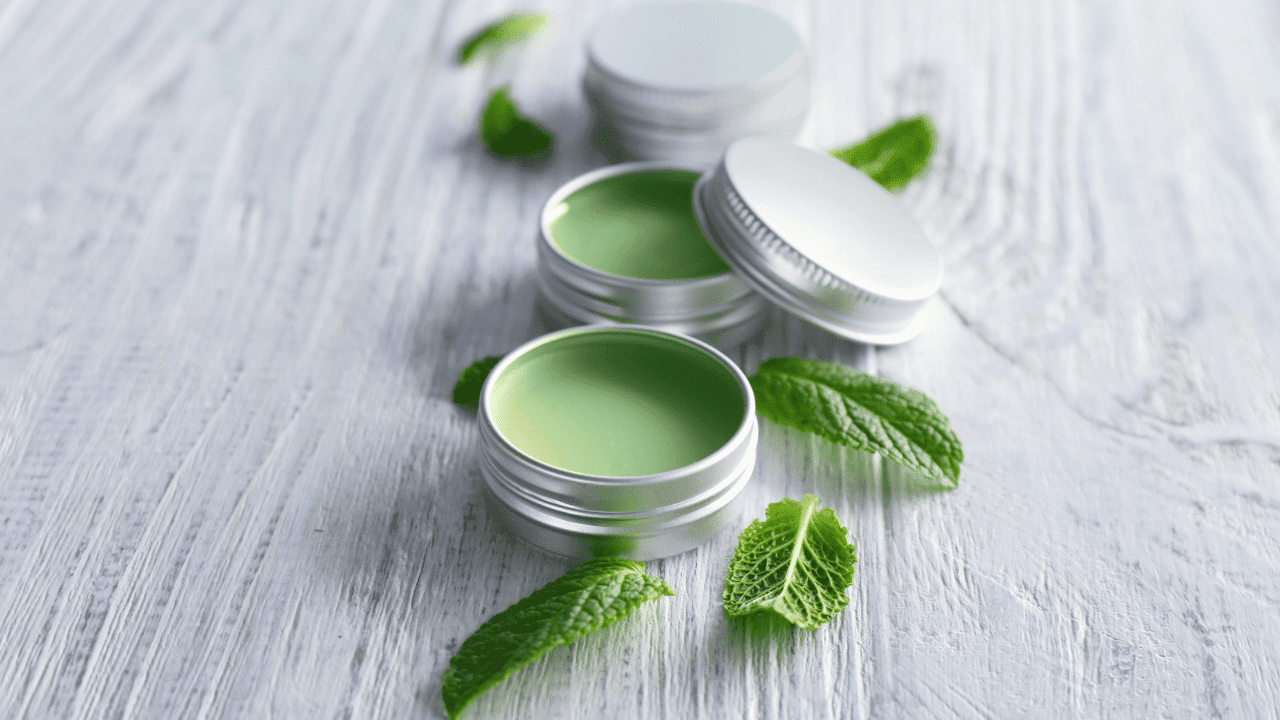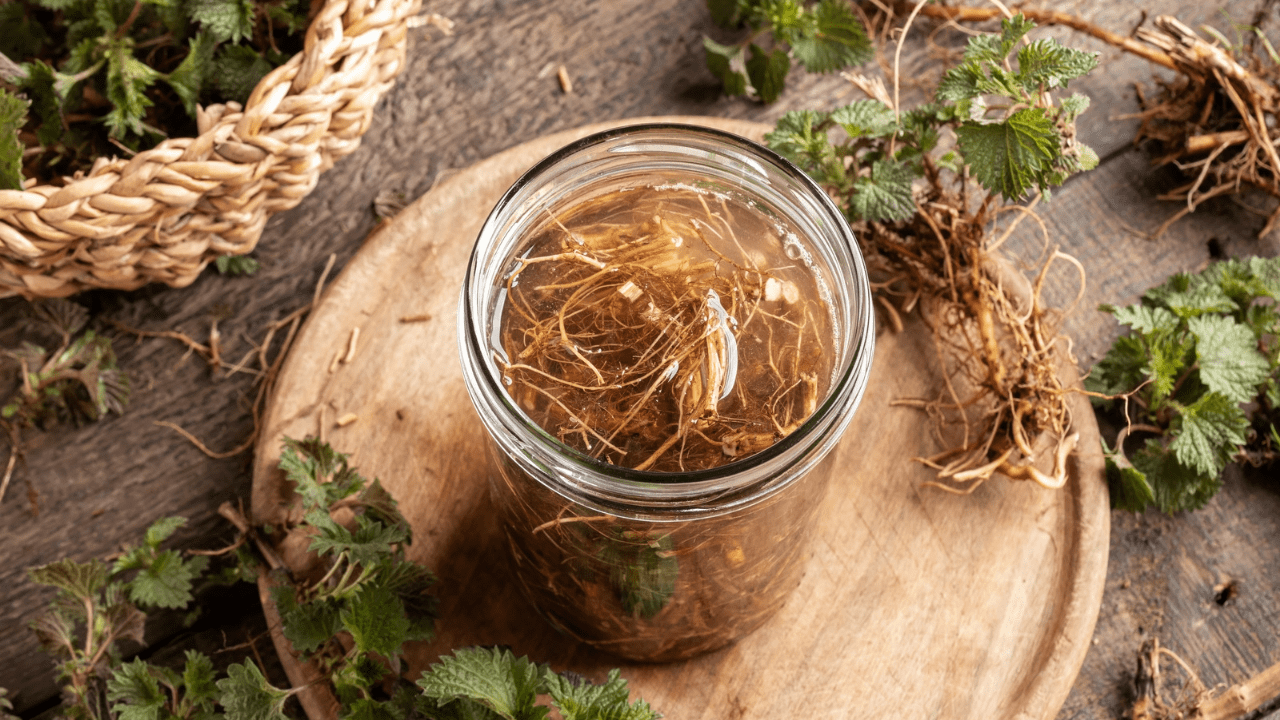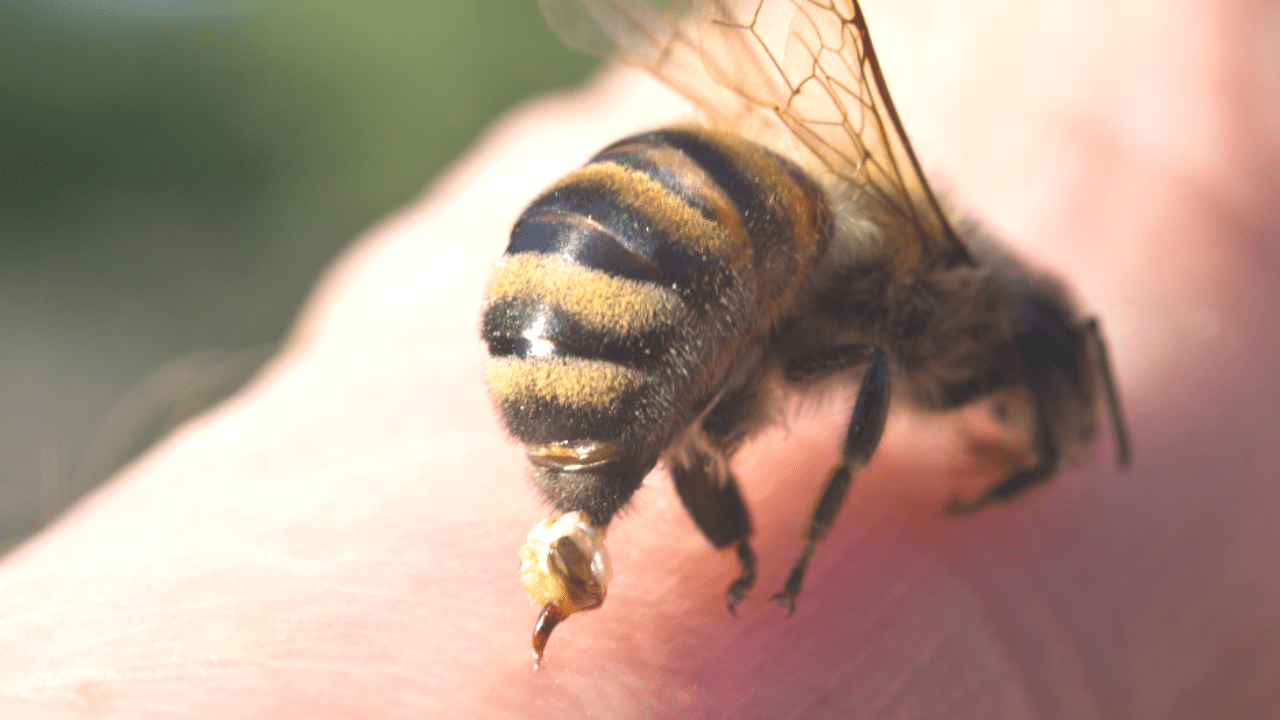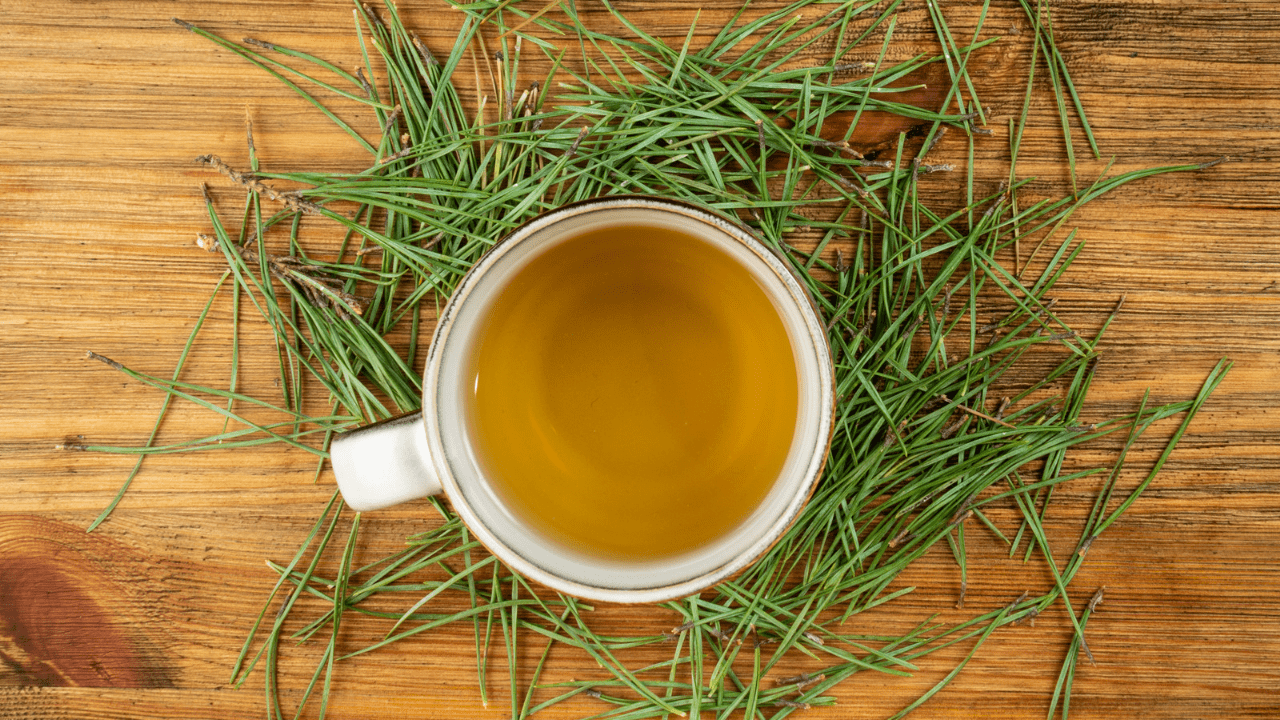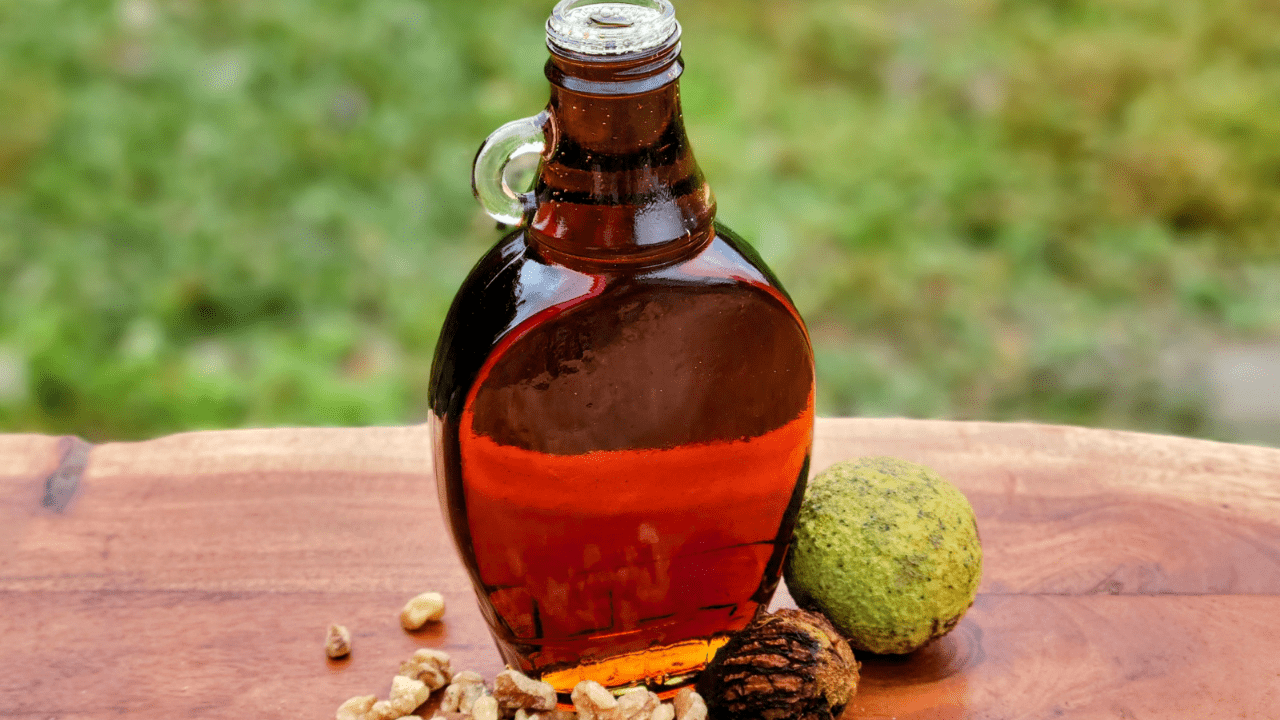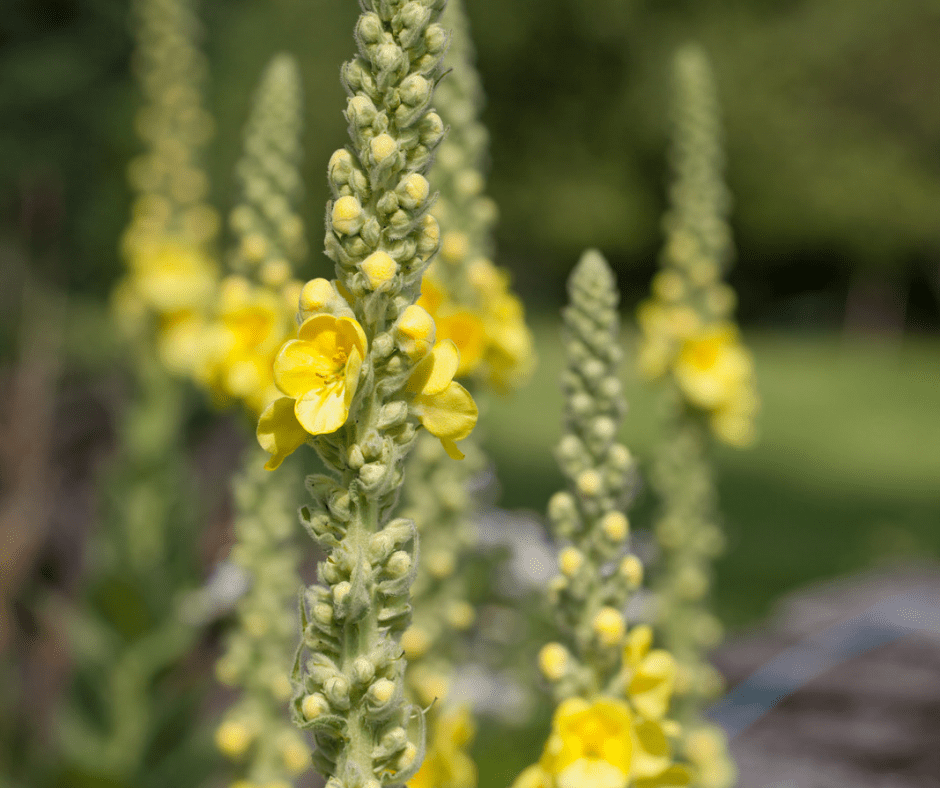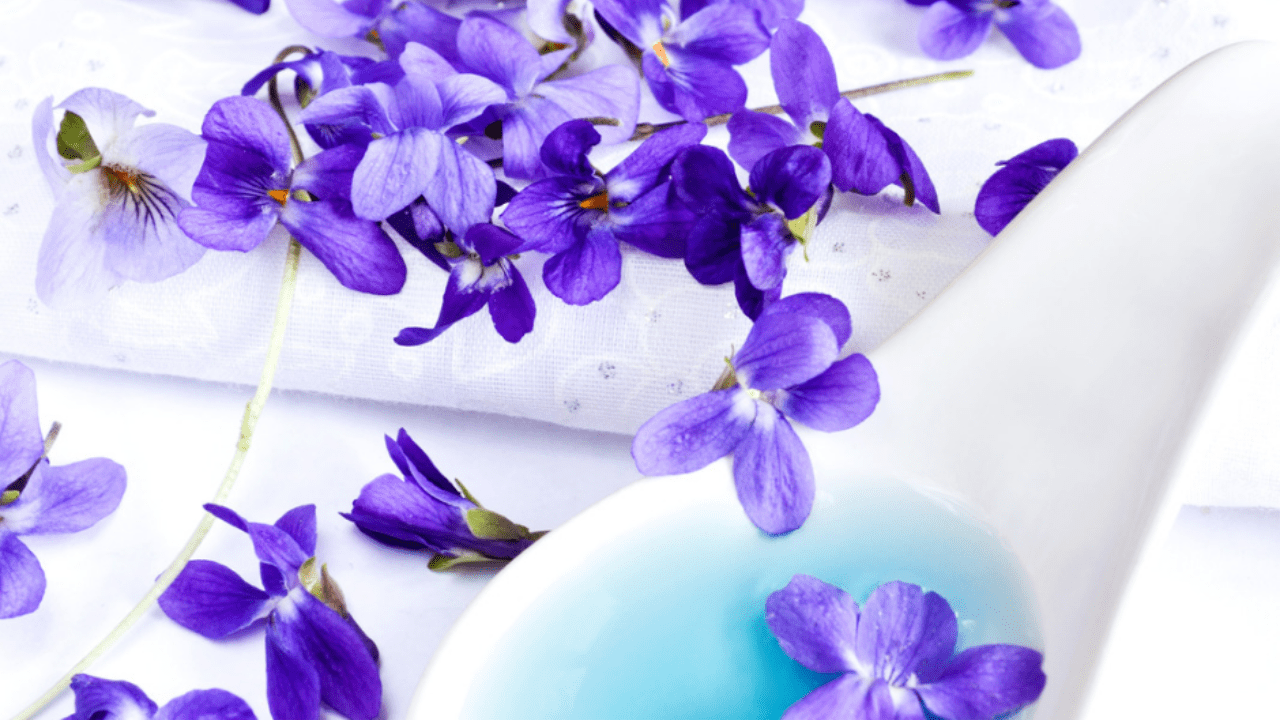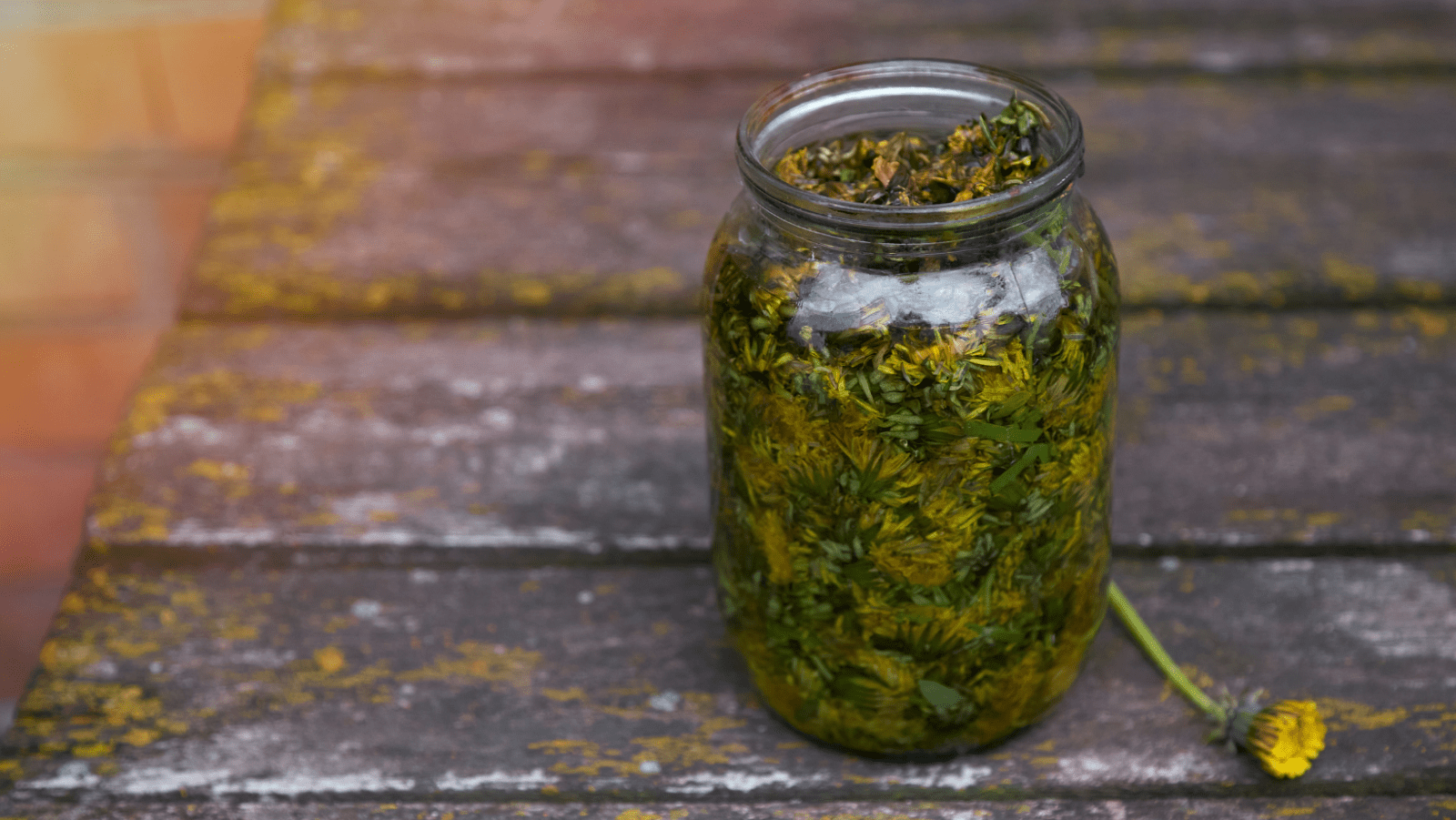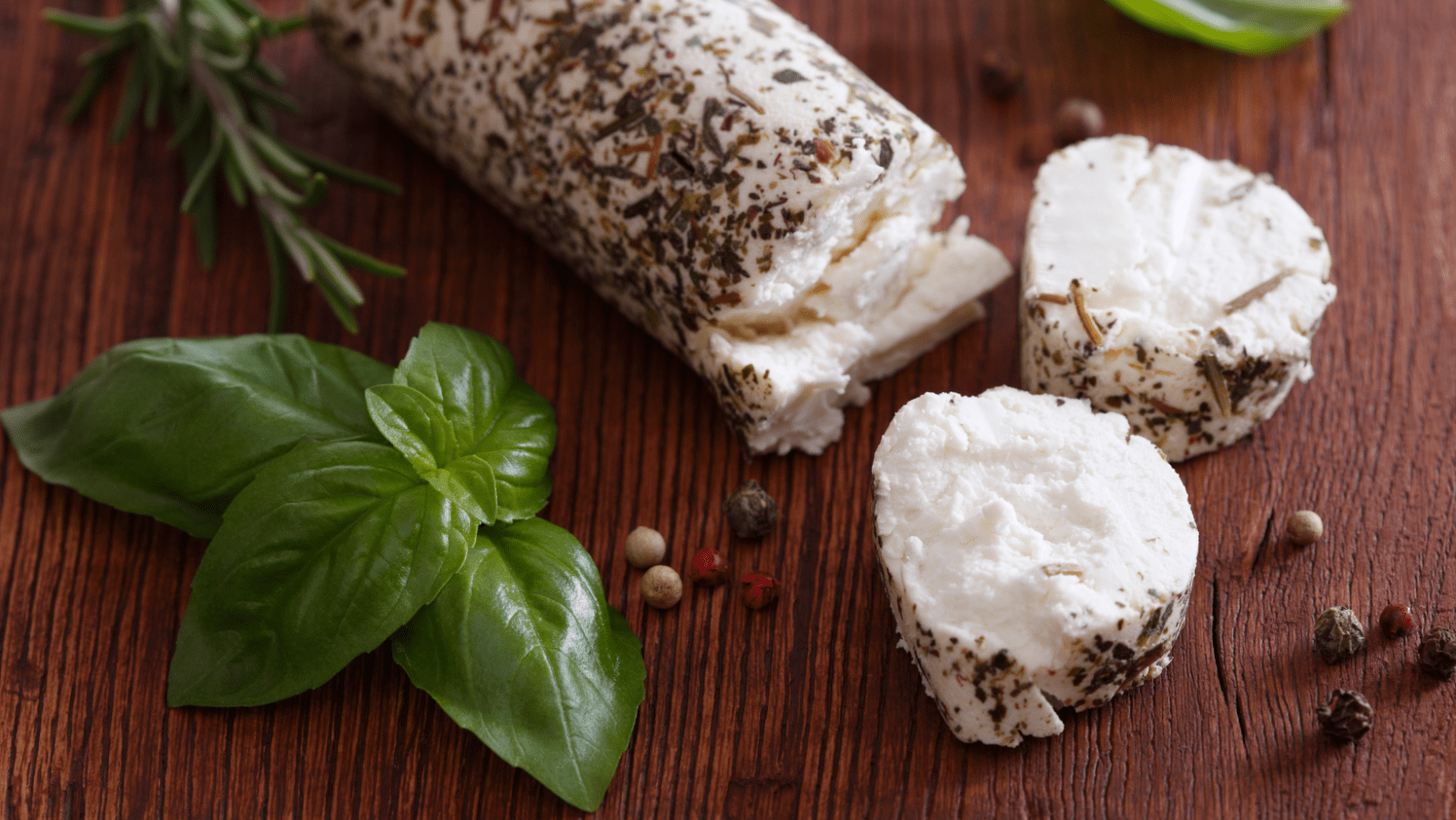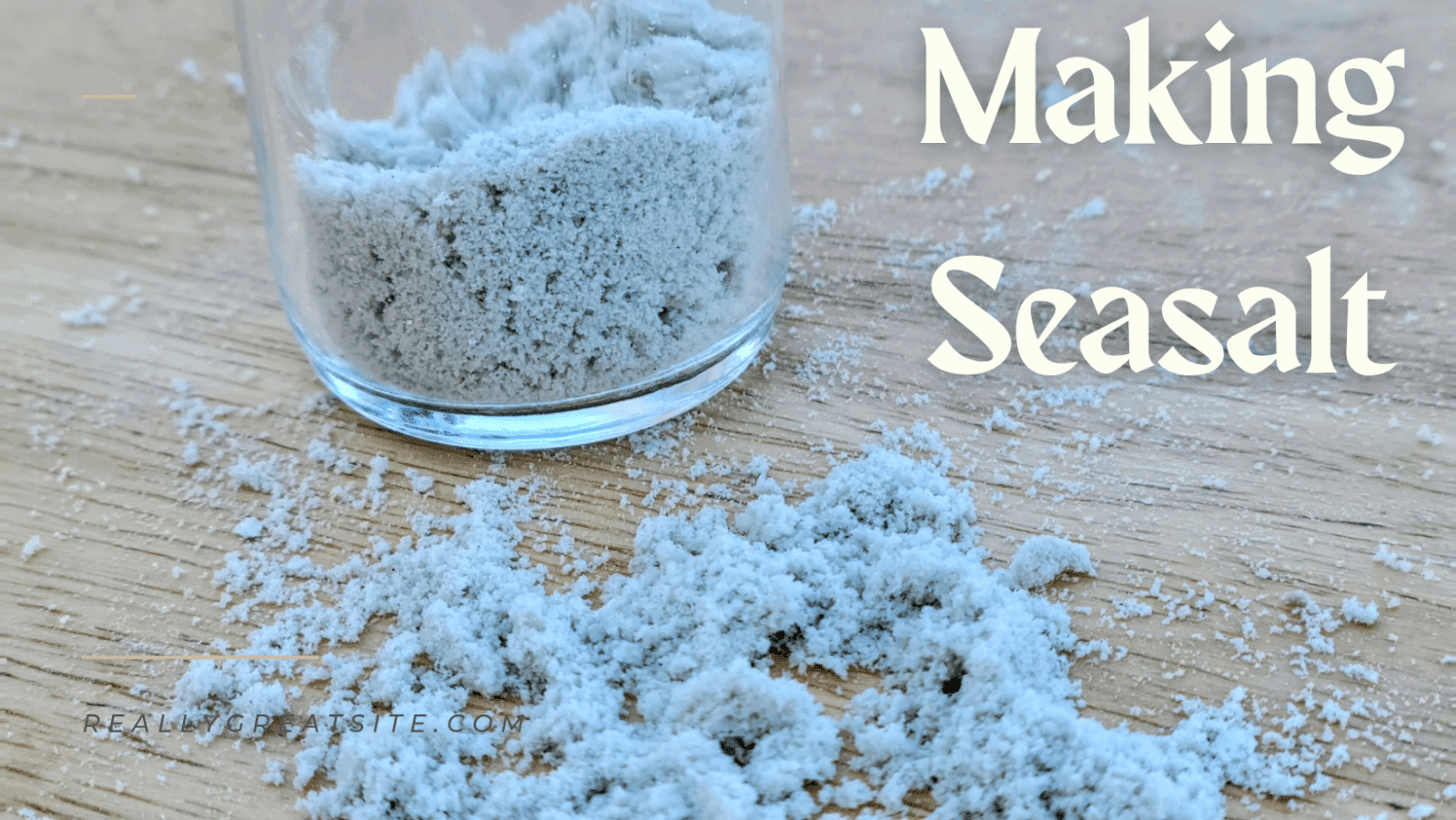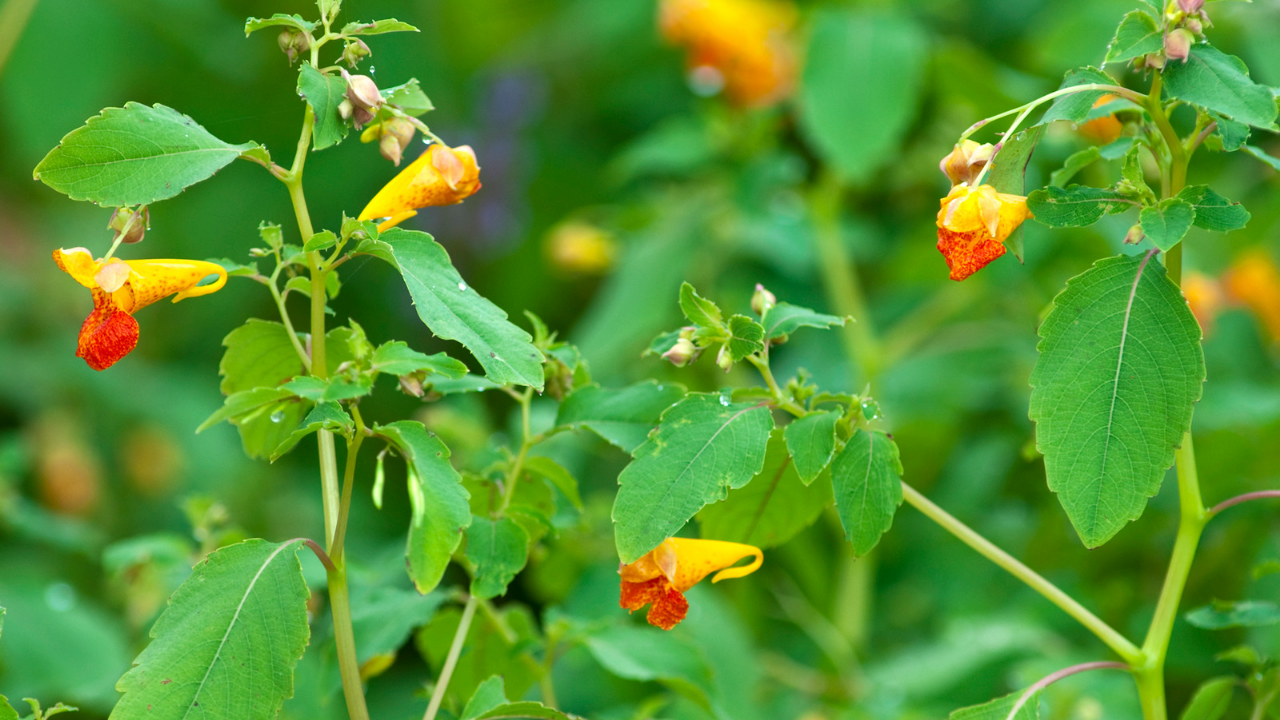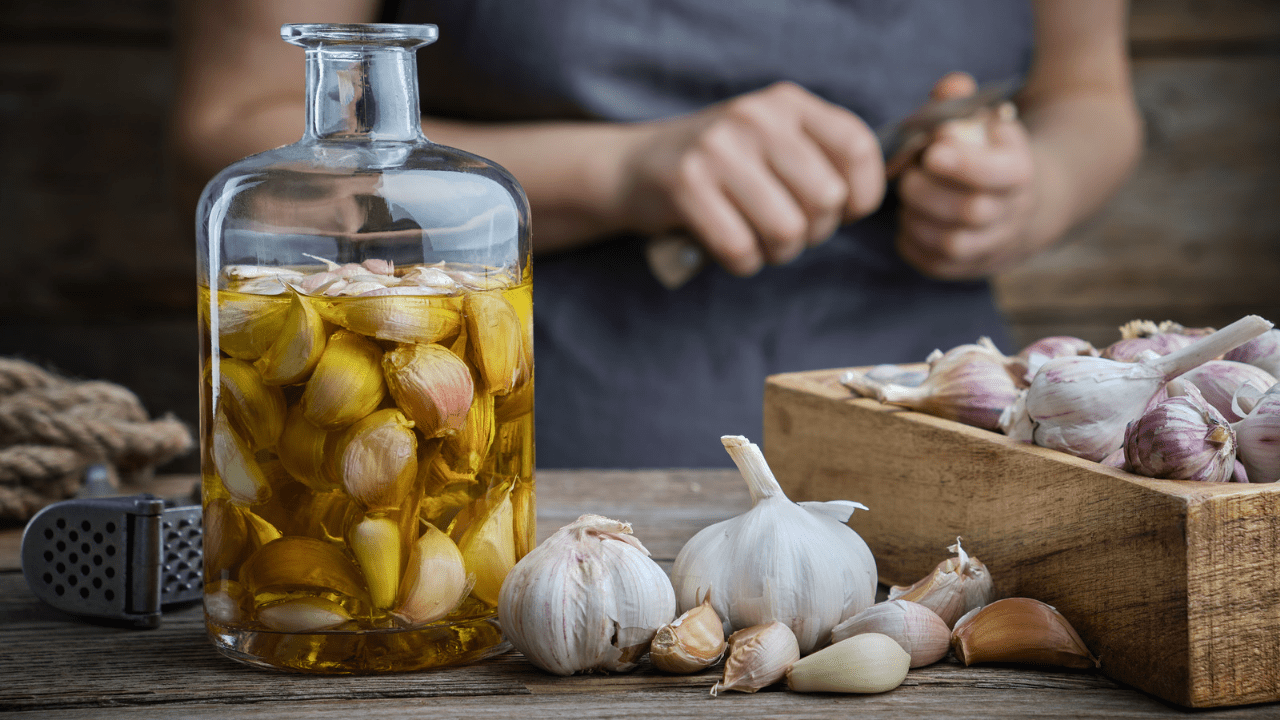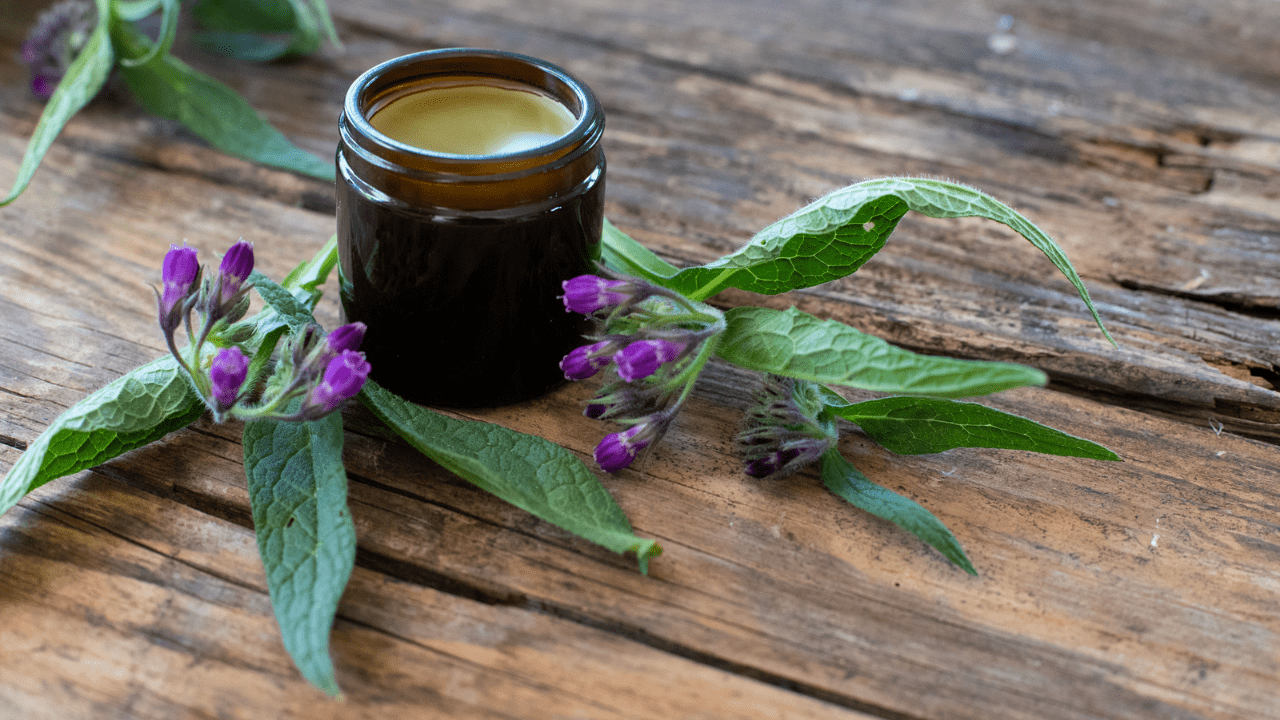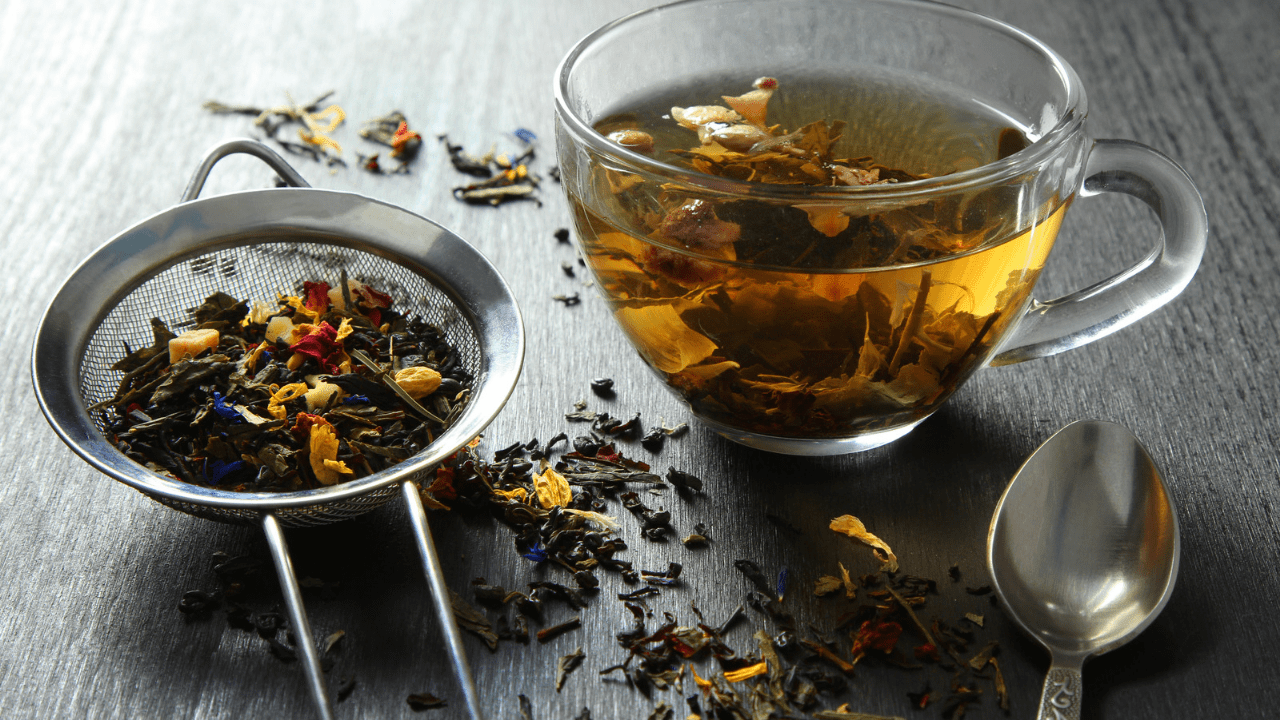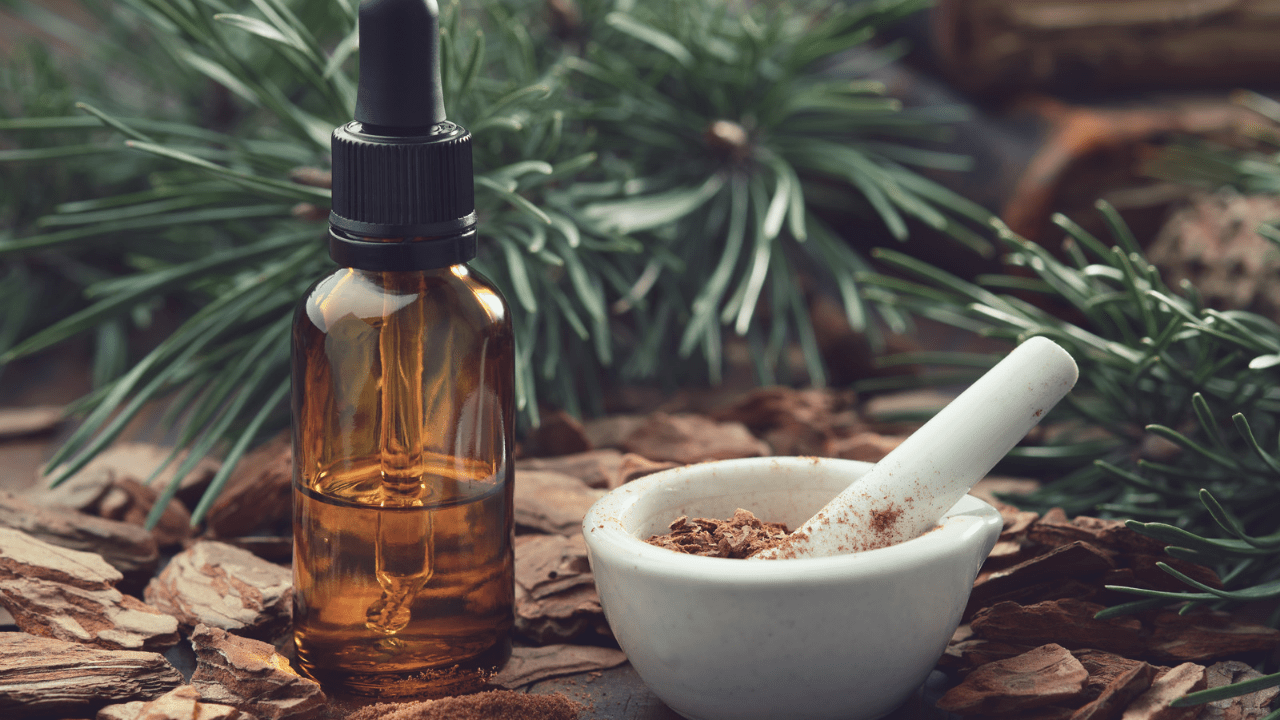THE TRUTH ABOUT WORMWOOD
Safe or Unsafe Wormwood (Artemisia genus) is a woody perennial herb, originally native to Eurasia, Africa and Asia, but has now naturalized in many parts of the world. Most popular for its antiparasitic qualities, wormwood has been used for centuries as a deworming agent for both humans and livestock alike. The most commonly used species for herbal preparations are Artemisia absinthium, which is known as wormwood and Artemisia annua, known as sweet wormwood. Common wormwood (Artemisia absinthium) is a shrubby plant that typically grows to be one to three feet tall. It has gray-green or white stems covered by fine hairs and yellowish-green leaves that are hairy and silky. The leaves of the plant have glands that contain resinous particles where the natural insecticide is stored. Sweet wormwood (Artemisia annua), is also known as sweet annie, sweet sagewort or annual wormwood. Its leaves are aromatic, tender, and deeply dissected into…
ARE LIVER CYSTS ACTUALLY PARASITES?
Getting To The Root According to medical text, liver cysts are referred to as hepatic cysts, which are defined as fluid-filled sacs that develop in the liver. In terms of prevalence, liver cysts are quite common, especially in older adults, and are found in 18% of the population here in the United States, with these being the documented cases. They are often discovered incidentally since many individuals do not experience symptoms that are considered to be correlated. There are several different types of hepatic cysts, and usually, the diagnosis is one of the following: Simple cyst: The most common type of liver cyst, which is benign and “apparently”, rarely causes symptoms. Polycystic liver disease (PCLD): A rare, inherited condition that causes the growth of multiple liver cysts, which can sometimes be associated with polycystic kidney disease. Cystic hepatic lesion: A broader term that describes any fluid-filled lesion in the liver.…
BENEFITS OF BEE VENOM IN SKINCARE
The Taboo Toxin Bee venom skincare has gained popularity in recent years as a natural and innovative approach to achieving healthier, youthful skin. Derived from honeybees, bee venom contains a complex mix of compounds that provide numerous benefits for skin health and appearance. What is Bee Venom? Bee venom, also known as apitoxin, is a mixture of proteins, peptides, and enzymes produced by honeybees. It is used by bees to defend their hive against predators. In skincare, bee venom is harvested carefully, ensuring the bees are not harmed in the process. Bee venom has a long history of use in traditional medicine across various cultures, dating back thousands of years. Its medicinal applications have primarily focused on its anti-inflammatory, analgesic, and healing properties. Many different ancient civilizations use bee venom therapy including: Egyptians: Ancient Egyptians used bee venom in apitherapy to treat various ailments, including skin conditions and inflammation. They…
STOP PET ALLERGIES WITH THIS REMEDY
Allergies in pets have become all too common in recent years and are linked to many contributing factors such as environmental allergies, processed foods, flea and tick medications, grass, and more. Even overbreeding has contributed to the declining health and immune resistance in pets. Food allergies and allergic dermatitis are the most common types of allergic reactions we see in dogs. A pet affected with dermatitis will experience symptoms such as weepy, blister-like lesions, hives, crusting, thickening, scaling, and hair loss. The pet will also most likely scratch, bite, and lick the skin excessively, which may lead to a secondary bacterial infection. ALLERGY SYMPTOMS IN PETS • Red inflamed skin • Sneezing • Itchy ears • Chronic ear infections • Itchy, runny eyes • Constant licking • Paw biting • Bald spots The best way to treat an allergy is to avoid the cause. This may or may not always…
ARE PLANT OXALATES MAKING ME SICK?
In a world where extreme diets like carnivore and plant-based are taking over, the topic of plant oxylates comes up quite often. Many want to know are plants oxalates bad for us? Are they harmful anti-nutrients that we should avoid? Or do they serve a useful purpose in our diets? What are oxalates Oxalates, or oxalic acid, are naturally occurring compounds found in many different plants. These compounds are essentially the plant’s protective mechanism that helps to deter pests and regulate internal functions such as mineral regulation. Although these compounds are technically there to protect the plant from being consumed, humans and animals have been eating plants with oxalates for tens of thousands of years. In fact, many wild plants that early humans ate — like wild greens, nuts, seeds, and root vegetables — naturally contained oxalates. Archaeological evidence shows that even prehistoric diets included things like wild spinach relatives,…
THE TRUTH ABOUT THE SUN, SKIN CANCER & SEED OILS
Should we fear the sun For years now we have been told to stay out of the sun and to slather our skin with toxic sunscreens, to protect it. So naturally, this is what many people believe. The sun is a part of our solar system and biological natural world. Without the sun, life on earth would cease to exist. Humans have been exposed to the sun since the dawn of our existence and sunlight exposure is necessary to our bodies for maintaining good health. Benefits of sunlight Sunlight helps regulate the body’s natural sleep-wake cycle (circadian rhythm). The sun’s ultraviolet (UV) rays trigger the skin to produce vitamin D, a crucial nutrient for bone health, calcium absorption, and immune function. Vitamin D also plays a role in regulating blood pressure and blood sugar levels. Sunlight stimulates the production of serotonin, a neurotransmitter that plays a key role in regulating…
POKEWEED AS A FOOD & MEDICINE
Taboo Treatment Most people in the united states are very familiar with the pokeweed plant (Phytolacca americana). It is a large plant, with tropical looking leaves, a bright purple stem and dark purple berries. As children, many of us were warned to steer clear of this plant due to its poisonous properties, although many of us enjoyed throwing the berries at our siblings, which would stain their skin for days! These dark purple berries have been used for centuries by many indigenous tribes as a natural dye for clothing, baskets, weapons, and other craft items. This plant was also used as a traditional medicine. Pokeweed’s Toxicity The entire pokeweed plant is considered toxic, with the the root being the most toxic and the ripe berries the least toxic. The leaves, stems and root should never be consumed raw, and consuming the raw berries requires special precautions. The active toxic compounds…
HOW TO DETOX FROM HEAVY METALS
Environmental Toxins Exposure to dangerous metals is unfortunately a part of life and has been since the dawn of existence. Heavy metals are a natural part of the environment and are present in the Earth’s crust, rocks, and soil. They can be released into the environment through geological processes like weathering, erosion, and volcanic eruptions. But human activities, like mining, industrial processes, and “cloud seeding” have increased their concentration and distribution in the environment. Some heavy metals are essential for life in trace amounts, but they can become toxic at higher concentrations. How do we accumulate metals in the body? Food: Plants and mushrooms can accumulate heavy metals from contaminated soil or water, entering the food chain when consumed by humans or animals. Popular foods such as rice, contains arsenic and dark chocolate contains lead. Most fish even contain low levels of mercury. Drinking Water: Contaminated water sources, particularly from…
PARASITE CLEANSE PROTOCOL
Unwanted Invaders As biological humans, we are susceptible to parasites, just as any other living creature on earth. We acquire parasites through food, water, soil and even our pets, and they affect carnivores, omnivores and vegans alike. Nobody is excluded. Some of these parasites can live in our bodies for many years without ever doing harm, as where others can be extremely problematic from the start. Parasitic infections have been linked to the following: • Fatigue • Abdominal pain • Diarrhea • Nausea or vomiting • Gas or bloating • Dysentery (loose stools containing blood and mucus) • Rash or itching around the rectum or vulva • Stomach pain or tendernes • Cysts and tumors Parasitic infections have also been linked to: • MS ( Multiple sclerosis) and other neurological disorders • Alzheimer’s & Dementia • Auto Immune Disorders • Hair and weight loss • Anxiety & Depression • Insomnia…
COULD BLUE SPIRULINA BE THE METHYLENE BLUE ALTERNATIVE
Better Blue Solutions We all have been hearing about methylene blue, and it’s amazing potential health benefits. Methylene blue has been around since it was invented in the 19th century by a German chemist. The textile industry first used it for dyeing purposes. Later, bacteriology, microscopy, and chemistry labs used its color-changing properties in experiments and tests. About 125 years ago, a German physician began using methylene blue as a medical treatment for malaria. Since then, its uses have evolved. Currently, it’s FDA-approved only for treating methemoglobinemia, although doctors also use it off-label for other conditions. Sometimes methemoglobinemia is called “blue baby syndrome” because the lack of oxygen to the body’s tissues turns your lips, skin, tongue, and nail beds blue. This is also called cyanosis. Some people inherit this condition through genes they get from their parents, but many people get it when they take certain medications or recreational…
MOLD TOXICITY & AUTISM
Contributing factors Autism spectrum disorders (ASD) are a group of developmental disorders that affect communication, behavior, and social interaction. ASD is a spectrum disorder, meaning that it affects individuals differently and to varying degrees. While some people with ASD may have mild symptoms and be able to function independently, others may require significant support and assistance throughout their lives. Symptoms of Autism can include difficulty with social interaction and communication, repetitive behaviors or routines, and limited interests or activities. These symptoms typically appear in early childhood and can persist throughout life. Diagnosing ASD can be challenging, as there is no one specific test that can definitively identify the disorder. Instead, doctors rely on a combination of behavioral observations and diagnostic criteria to make a diagnosis. Autism is more common than most people realize. According to the Centers for Disease Control and Prevention (CDC), about 1 in 36 children in the…
MOLD TOXICITY & HOW TO HEAL
THE SILENT TOXIN Mold is is a natural part of the environment. There Are Over 100,000 different types of mold and they can be found growing on many different surfaces, both indoors and outdoors. Anywhere moisture present, you can usually find mold. Mold spores are naturally present in the air, and when they land on a moist surface, they can begin to grow. Places like showers, washing machines, under carpet and on walls, are all common places mold you may find mold. Mold Facts • Mold can begin growing within 24 to 48 Hours • Painting over mold doesn’t remove it • Bleach does not kill mold • Insurance policies often do not cover mold • Not all mold contains mycotoxins Risk Of Mold Toxicity Not all mold is harmful but many types can pose health risk. Molds themselves are not toxic or poisonous. However, there are mold species that…
CONSUMING COMFREY
Is comfrey really safe to consume? Comfrey (Symphytum officinale) is a fast-growing perennial herb native to Europe and parts of Asia, but has now naturalized in many parts of the world. It’s known for its large, hairy leaves and bell-shaped purple, blue, or white flowers. Comfrey thrives in moist, fertile soils and is commonly found in gardens and wild areas. Traditionally, comfrey has been used in herbal medicine for its wound-healing and anti-inflammatory properties. It contains compounds like allantoin, which promotes cell regeneration, and rosmarinic acid, which reduces inflammation. Historically, comfrey was used to treat bruises, sprains, and broken bones, earning it the nickname “knitbone.” Today modern herbalists use comfrey for many of the same reasons and externally in salves, poultices, and ointments. But most no longer recommended to use it internally due to the presence of pyrrolizidine alkaloids (PAs), which can cause liver damage. Comfrey contains pyrrolizidine alkaloids (PAs)…
FRIED COMFREY FRITTERS
Taste Of The Wild Comfrey (Symphytum officinale) is a fast-growing perennial herb native to Europe and parts of Asia. It’s known for its large, hairy leaves and bell-shaped purple, blue, or white flowers. Comfrey thrives in moist, fertile soils and is commonly found in gardens and wild areas. Traditionally, comfrey has been used in herbal medicine for its wound-healing and anti-inflammatory properties. It contains compounds like allantoin, which promotes cell regeneration, and rosmarinic acid, which reduces inflammation. Historically, comfrey was used to treat bruises, sprains, and broken bones, earning it the nickname “knitbone.” Purchase our BoneKnitter Salve here. Today modern herbalists use comfrey for many of the same reasons externally in salves, poultices, and ointments. But most no longer recommended to use it internally due to the presence of pyrrolizidine alkaloids (PAs), which can cause liver damage. So is comfrey safe to eat? Harmful effects attributed to herbs is usually…
MORINGA AND LOWERING CORTISOL
In today’s fast-paced world, stress has become a near-constant companion for many. One of the key hormones involved in the body’s stress response is cortisol, produced by the adrenal glands. While cortisol plays a critical role in managing energy, metabolism, and immune response, chronic elevation of cortisol—often due to prolonged stress—can lead to serious health issues like anxiety, weight gain, poor sleep, high blood pressure, and a weakened immune system. High cortisol levels, also known as hypercortisolism, can be caused by various factors. The most common reason is stress. Physical or emotional stress triggers the release of cortisol as a “fight or flight” response and chronic stress can lead to prolonged high cortisol levels. Trying to reduce your stress levels and getting adequate sleep is extremely important to lowering these levels. Medications such as Corticosteroids, like prednisone, and oral contraceptives can also trigger high cortisol levels. Other factors can include…
BURDOCK ROOT MEDICINAL BENEFITS
When we think about healing herbs, names like ginseng or chamomile often come to mind. Yet, hidden in the hedgerows and meadows is an unsung hero of natural medicine: burdock root. Known for its broad leaves and tenacious burrs that cling to clothing and fur, burdock (Arctium lappa) has a rich history as both a food and a medicinal powerhouse. A Brief History of Burdock Burdock has been revered in Traditional Chinese Medicine (TCM) and Ayurveda for centuries. In Japan, it’s called gobo and is a staple vegetable, valued for its earthy flavor and nutrition. One of the most popular burdock dishes in Japan is Gobo Salad (a cold salad made with braised burdock root). Across Europe and North America, indigenous cultures and herbalists have used burdock to cleanse the body and support overall health. It is considered one of the most superior blood cleansing herbs on the planet, and…
IS THE ONE LEAF RULE ACTUALLY HURTING RAMP POPULATIONS?
Every spring, novice and experienced forgers alike are on the hunt for a wild food delicacy known as “Ramps”. Ramps (Allium tricoccum) are a species of (Allium) that is native to North america and Canada. In the northern region they are referred to as wild leeks and in the southern regions they are called ramps and sometimes wild garlic. This is because like most Allium species, they have a pungent onion garlicky flavor. Europe has it’s own variety of this plant that is referred to as bear garlic or wild garlic (Allium ursinum). Many throughout those countries believe this is the true wild garlic, and that our species is more of a wild leek. Both varieties, however, are delicious and dense with nutrients, making them one of the best wild foods to find during spring. So where is the problem? In recent years, ramp populations have declined drastically, mainly due…
CROCKPOT BISON MEATLOAF WITH RAMPS & MORELS
I’m excited to share with you a recipe that transforms a humble meatloaf into a delicious wild food delicacy that is sure to be a hit with the whole family! Slow cookers (crockpot) are wonderful to use, especially when you’re busy. The low heat allows for slow cooking times, trapping in moisture and flavor, for a delicious finished meal. Surprisingly meatloaf cooks quite well in a crockpot, and because we are using bison in this recipe, which is a lean meat, we want to trap in as much moisture and flavor as possible. For me, springtime is my busiest season, so we do a lot of crockpot cooking. I am always incorporating the wild foods of spring into these cuisines, so ramps and morels are naturally on the list. Ramps are a variety of Allium that begins to emerge in early spring. They are popular among foragers and chefs alike,…
HOW TO MAKE FLOWER ESSENCE
A flower essence is the subtle energetic form of medicine made from flowers that address our emotional, mental, and spiritual wellbeing. They are a vibrational form of medicine that works primarily on the emotional and spiritual body. It is receiving the connection and wisdom from the plant itself. Flower essences do not contain any plant material and are not herbal extracts. This means there is no medicinal potency to them in the scientific sense. What they are, however, is a solution that contains the energetic imprint of the plant used. Not all medicine has constituents that act on a scientific level to produce a result. Some remedies, like flower essences, work on an energetic and ethereal level, offering another firm of healing. Energetic medicine moves forces and can help to cultivate joy, good health, and vitality. Other examples of this type of medicine include Qigong, mindfulness meditation, Reiki, etc. Origin…
BLACK WALNUT FOR REMOVING PARASITES
Black walnuts (Juglans nigra) grow wild across the United States and are the second most cultivated walnut in North America, following English walnuts. They were an extremely important food source and traditional medicine to many North American tribes. Many people think of black walnut trees as a nuisance. They drop their nuts and hulls on driveways, roadways, and lawns, and if they aren’t picked up immediately the green fruit rinds turn black and will stain sidewalks and driveways. This can sometimes leave behind a mess homeowners don’t want to deal with. Walnut bark, leaves and nuts all contain a chemical called juglone, which is toxic to horses, cows and other animals, causing serious health issues that can be fatal if left untreated. Many farmers remove walnut trees in locations they plan to raise livestock for this reason. Aside from this negative aspect, black walnuts are extremely nutritious, and are an…
Ginko Biloba, the Ancient Tree Of Medicine
The ginkgo tree (Ginkgo biloba), is one of the oldest living tree species on Earth. It has a fascinating history that dates back millions of years. Originating in China millions of years ago, the ginkgo tree has survived many major extinction events and geological changes. Fossils of ginkgo leaves have been found from around 270 million years ago, during the Permian period. This makes it a living fossil, as it has remained relatively unchanged for millions of years. Ginkgo trees have played an important role in human history as well. In ancient China, ginkgo was considered a sacred tree and was planted near temples and palaces. Its fan-shaped leaves were admired for their beauty and symmetry. Ginkgo leaves were also used in traditional Chinese medicine for centuries to treat various ailments, including memory improvement and respiratory issues. During the 18th and 19th centuries, ginkgo trees were introduced to Europe and…
Detoxify With These Herbs
Detoxifying the body is certainly not a new fad, although it has become increasingly popular in recent years. Historical humans had many different forms of detoxification, and many of those practices were based around religious beliefs. However some forms of detoxification came naturally. For example, after a long cold Winter, humans would gorge on fresh nutritious foods that would stimulate the digestive tract and cleanse the lymphatic system. This helped to detoxify the system and jump start the immune response. Why Detox? 1. Remove Toxins: People nowadays have grown accustomed to the processed foods they are eating and realized they need to make a change. Unfortunately, we live in a world where pollutants abound. We are frequently exposed to dangerous poisons from our surroundings, food to housekeeping and beauty goods. The good news is that our bodies are built to cleanse themselves. Processed foods and sugar on the other hand,…
HOW TO MAKE AN USNEA DUAL EXTRACTION
Usnea, also known as Old Man’s Beard, is not a plant but a lichen— a symbiotic relationship between an algae and a fungus. Lichens appear to be a single plant, but they are really fungus and algae that grow together. The botanical name is Usnea spp, but there are many different species in this genus all of which are medicinal. The botanical name is also the common name: simply called “usnea”. Many refer to this lichen as “Old Man’s Beard” however, like many common names, that can refer to various plants. So the botanical name is always the most accurate. Usnea barbata is one of the most well-known species, however, the various species of usnea are difficult to distinguish from one another. The good news is they are considered to have equivalent medicinal uses. The best way to positively identify usnea is to gently pull apart the strands and see…
American Ginseng
American ginseng, known by its Latin name of Panax quinquefolius, is a slow-growing medicinal plant that produces a fleshy, white root and umbrella-shaped flowers which produce red berries. For hundreds of years, ginseng has been a valuable medicinal plant to the indigenous Americans. Ojibwe Midewiwin, spiritual leaders skilled in medicine, used the root for digestive troubles and pain relief. Muscogee people used a poultice of the root to staunch bleeding and a tea to treat respiratory conditions and fevers. The Meskwaki people of the Great Lakes region have used it as both an aphrodisiac and as a panacea, a universal remedy for children and adults. Ginseng was also highly prized by the Cherokee and was one of only a handful of plants taken with them on the Trail of Tears to what is now Oklahoma. American ginseng is slightly different than Asian or Korean ginseng (Latin name Panax ginseng) which…
HAWTHORN FOR HEART HEALTH
There are many medicinal herbs that are good for the heart, but none stand out quite like Hawthorn. Hawthorn (genus Crataegus), also called thornapple, is a genus of thorny shrubs or small trees in the rose family (Rosaceae), native to the north temperate zone. Many species are common to North America, and a number of cultivated varieties are grown as ornamentals for their attractive flowers and fruits. Hawthorn has played an important role in historical folklore throughout the world. In Europe hawthorn was believed to be a tree of magical enchantment and is strongly associated with Beltane, the ancient festival celebrating spring. In Celtic mythology it is one of the most sacred trees and symbolises love and protection. It is also believed that the crown of thorns that adorned Jesus’s head during the crucifixion was made of hawthorn. The importance of this tree and it’s medicinal and magical value wasn’t…
Stinging Nettle, The Most Nutritious Plant On The Planet
The overall wellness herb
HEALTH BENEFITS OF LEMON BALM
The secret to a long life
ELDERBERRY CAPERS
Elderberry capers are a delicious twist on a traditional recipe.
Star Anise, The Star Of Health
The amazing benefits of Star Anise
Dandelion Greens, The Beneficial Weeds
Beneficial weed
Honey Fermented Garlic
Honey fermented garlic
Fermented Acorn Nut Cheese, Vegan Snack
Wild Vegan Cheese
Grilled Quail with Homemade Walnut Syrup Glaze
Wild food never tasted so good!
Homemade Vicks Vapor Rub
Homemade Vicks Vapor
Stinging Nettle For Prostate Conditions
Prostate health is just as important to men as breast and ovarian health is to women. Common prostate disorders such as BPH exist in over half of all men. By age fifty, 50% of men will suffer from BPH. That number jumps to 70% among men aged 60 to 69 and around 80% of men over 70 years of age. Benign prostatic hyperplasia (BPH) also called prostate gland enlargement, is a common condition that effects men as they age. An enlarged prostate gland can cause uncomfortable urinary symptoms, such as blocking the flow of urine out of the bladder. It can also cause bladder, urinary tract or kidney problems. The severity of symptoms in people who have prostate gland enlargement varies, but symptoms tend to gradually worsen over time. Common Signs & Symptoms of BPH • Frequent or urgent need to urinate • Increased frequency of urination at night •…
Bee Venom Therapy, The Taboo Treatment
Taboo Treatment
White Pine Benefits & Uses
White pine (Pinus strobus) is a fast-growing, medium-sized conifer tree with long needles and a very straight trunk, growing up to 100 feet in hight. Native to north-eastern parts of North America, with varieties growing in the mountains of Mexico and Guatemala, white pine became an important resource for many indigenous tribes. The inner bark was an available food source that was eaten by either boiling it, or grinding it into a powder which acted as a flour alternative. This pine flour was not used in the way we use flour today, to bake breads, cakes, etc. This was added to pots of stew to thicken it and add needed nutrition. White pine was also used as a material source. Before the arrival of Europeans, many eastern tribes used the huge, straight trunks of white pines for dugout canoes. Pine pitch was also made from the sap and used as…
How to make Walnut Syrup
How to make walnut syrup
How to make Herb-Infused Oils
Making herbal infused oils
Mullein Benefits & Uses
Respiratory Support
How To Make Violet Syrup
In early Spring, you may start to notice tiny purple flowers popping up in your yard or garden. Chances are these are violets, a beautiful edible flower with so much potential. Violet flowers are from the Viola genus and are one of the first beautiful blooming flowers we can find in early Spring. Found all over the Northern Hemisphere, South American Andes and Hawaii, violets can beautifully adorn any cuisine. Identification The common wild violet (genus Viola) is a native wildflower which tends to favour woods, thickets and stream banks. This is a low-growing perennial which features heart-shaped leaves and large blue-violet flowers (sometimes yellow or white). Each flower appears on its own leafless stalk. Depending on location, the flower blooms from early spring into the early summer months. Purple/blue tends to dominate the wild violets although they are also yellow and white. The flower has an inner white area…
Colloidal Silver, Alternative Medicine
The old saying “born with a silver spoon in your mouth” had a meaning that implied more than just a wealthy person. It also meant a healthy person. In colonial times, the upper class seemed to show less signs of sickness, and lived longer fulfilling lives then the average peasant. Wonder why? This health wasn’t just due to the fact that they weren’t working as hard. They certainly didn’t work as hard as the average peasant, but they were still exposed to the same hazards and germs. What was different was that the upper class was eating off of “acual silver” dishes and silverware. Every time these items were used, tiny particles of silver would chip off and be ingested. Silver coins were also placed in water containers to keep the water from spoiling. Of course, when this water was consumed, it provided health benefits. Some say this is when the…
The Amazing Hated Weed
The Hated Healing Weed
Treating Fevers With Herbs
“Cool down” tea for children
How to make Goat Milk Cheese (Chevre)
Learn how to make goat milk cheese
How To Make Seasalt From Sea Water
Seasalt can easily be made from sea water.
Jewelweed, Poison Ivy’s Arch-Nemesis
The Natural Remedy For Poison Ivy
Garlic Oil Remedy For Ear Infections
Great remedy for those middle of the night ear infections
How to get rid of Molluscum Contagiosum for good
This was one of the worst experiences in my life
How to make Herbal Salves
Topical herbal ointment
Herbal Tea
The oldest form of administering medicine in the world.
How to make a Tincture
The efficient, effective remedy
